Wild Tanzania: safari with a sense of adventure
Dive into Lake Tanganyika, see lions in a super-volcano crater and lock eyes with an alpha male chimp on Tanzania’s road less travelled
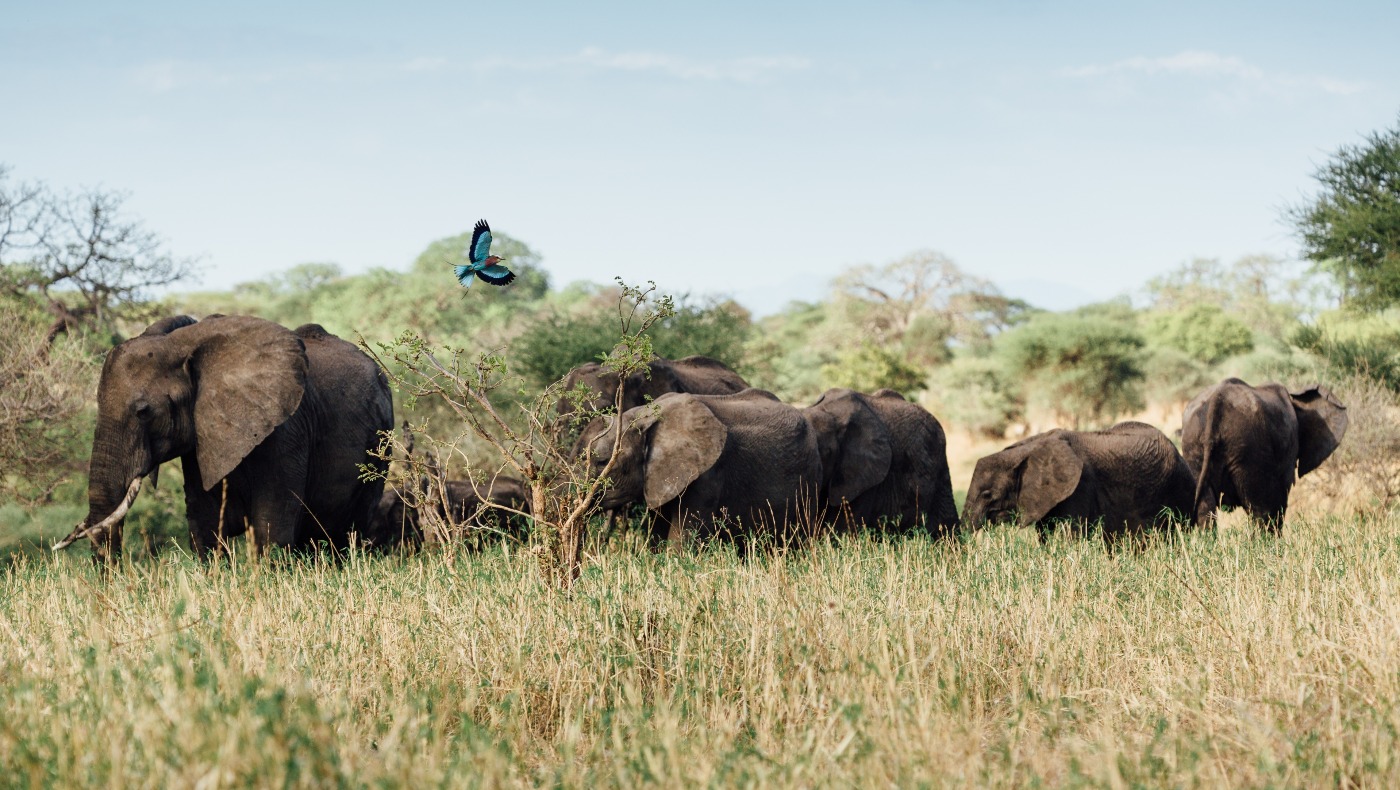
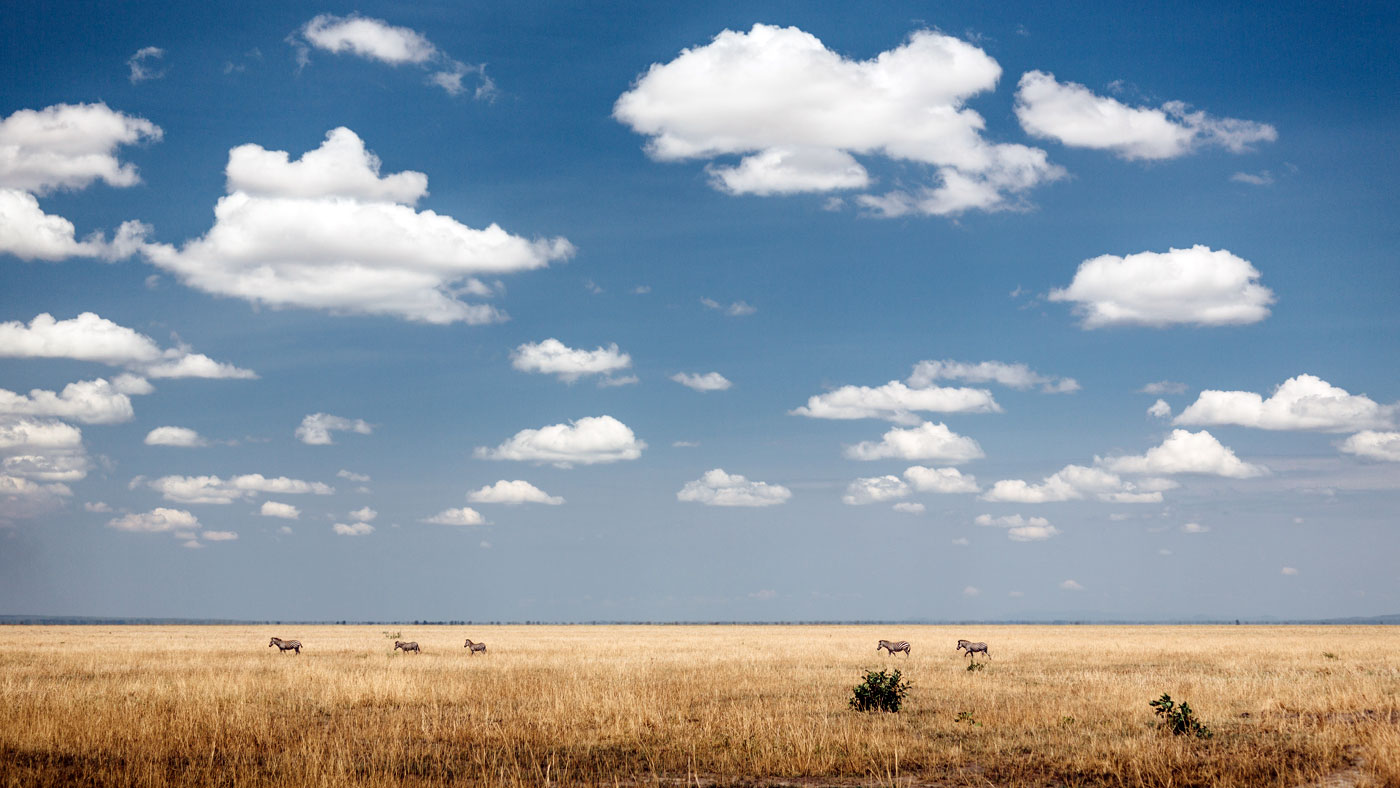
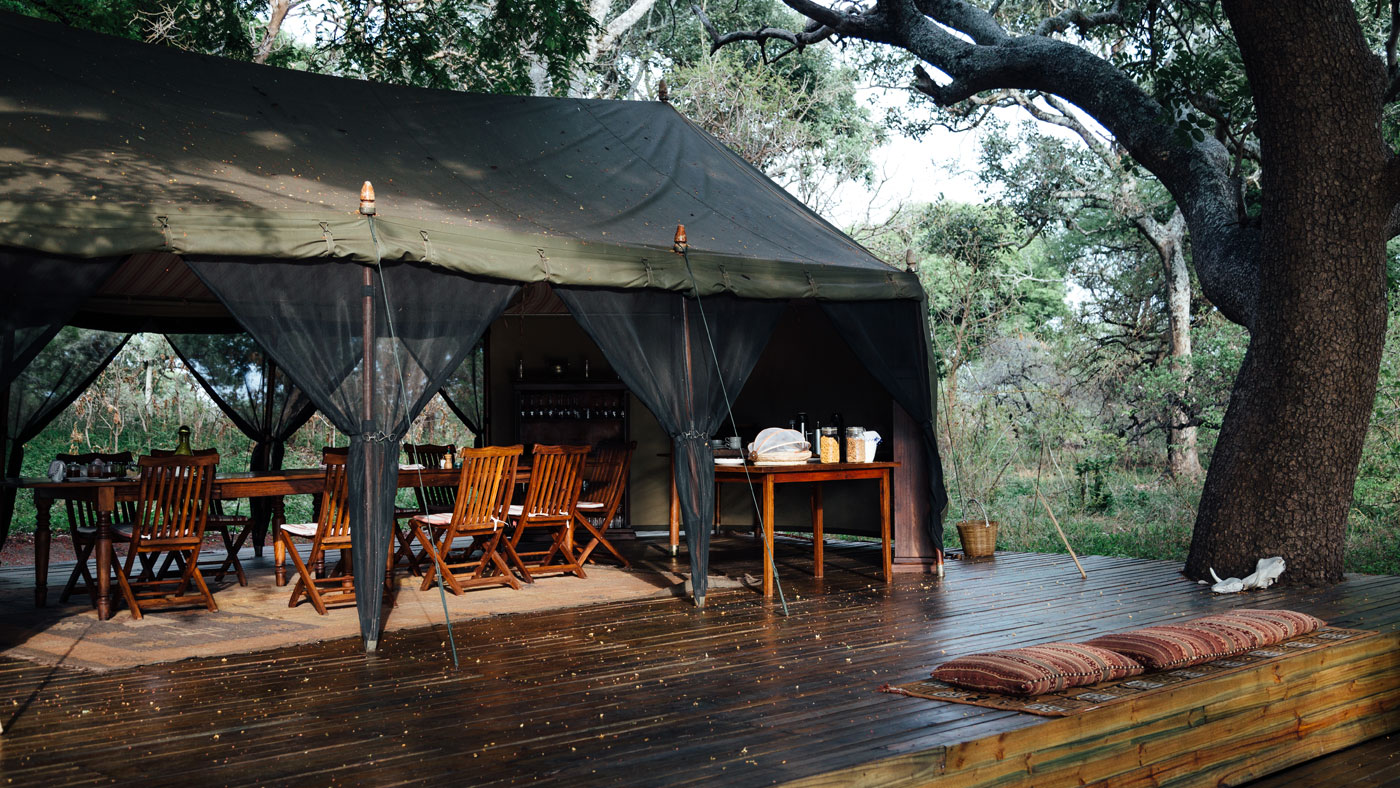
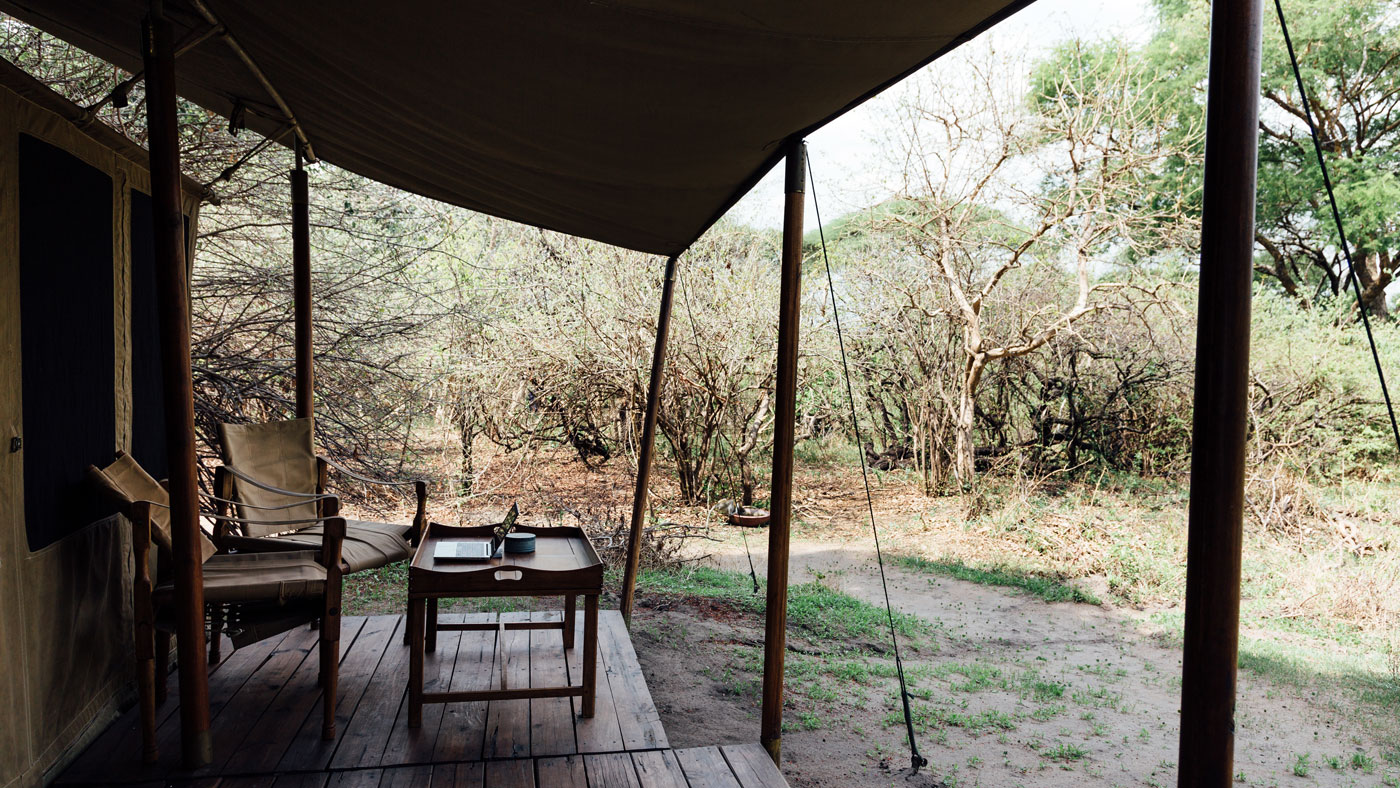
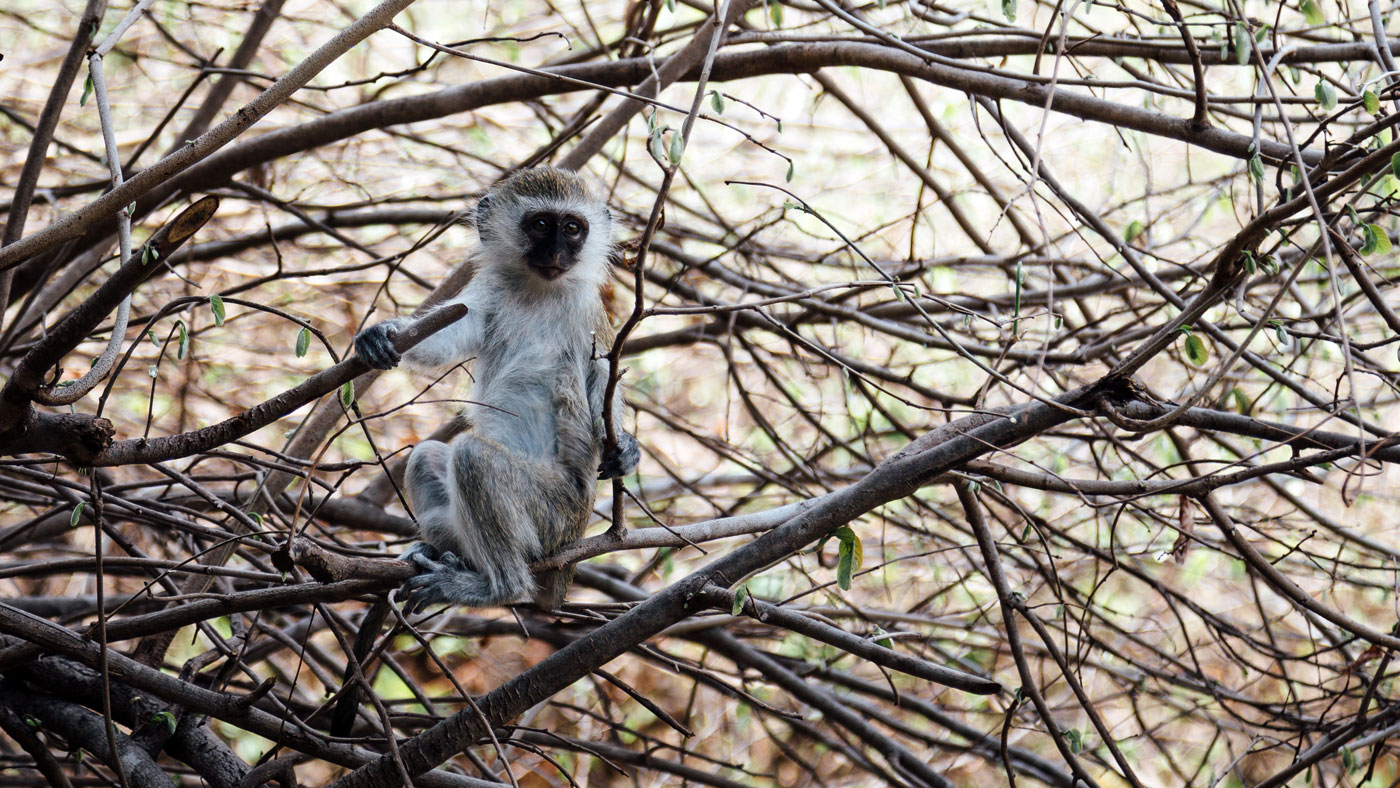
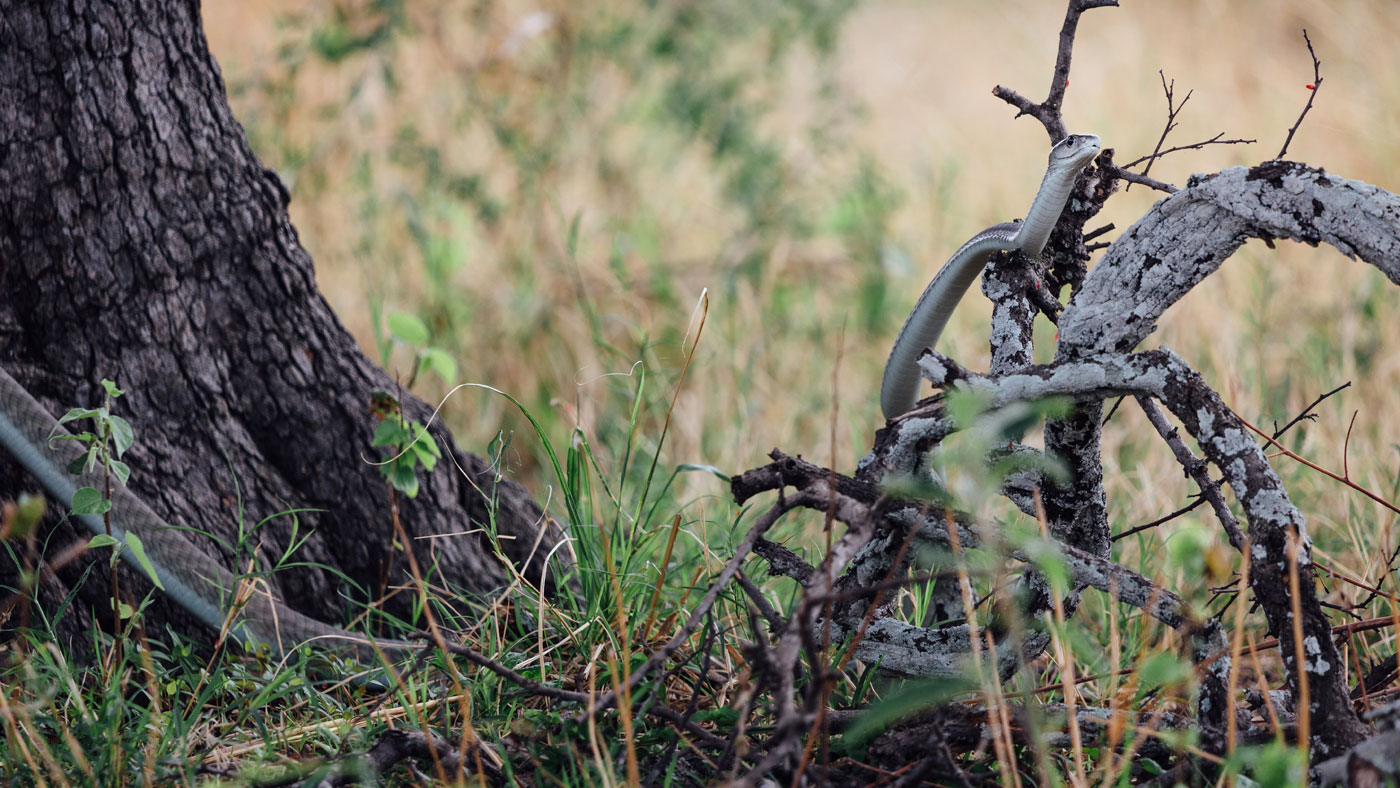
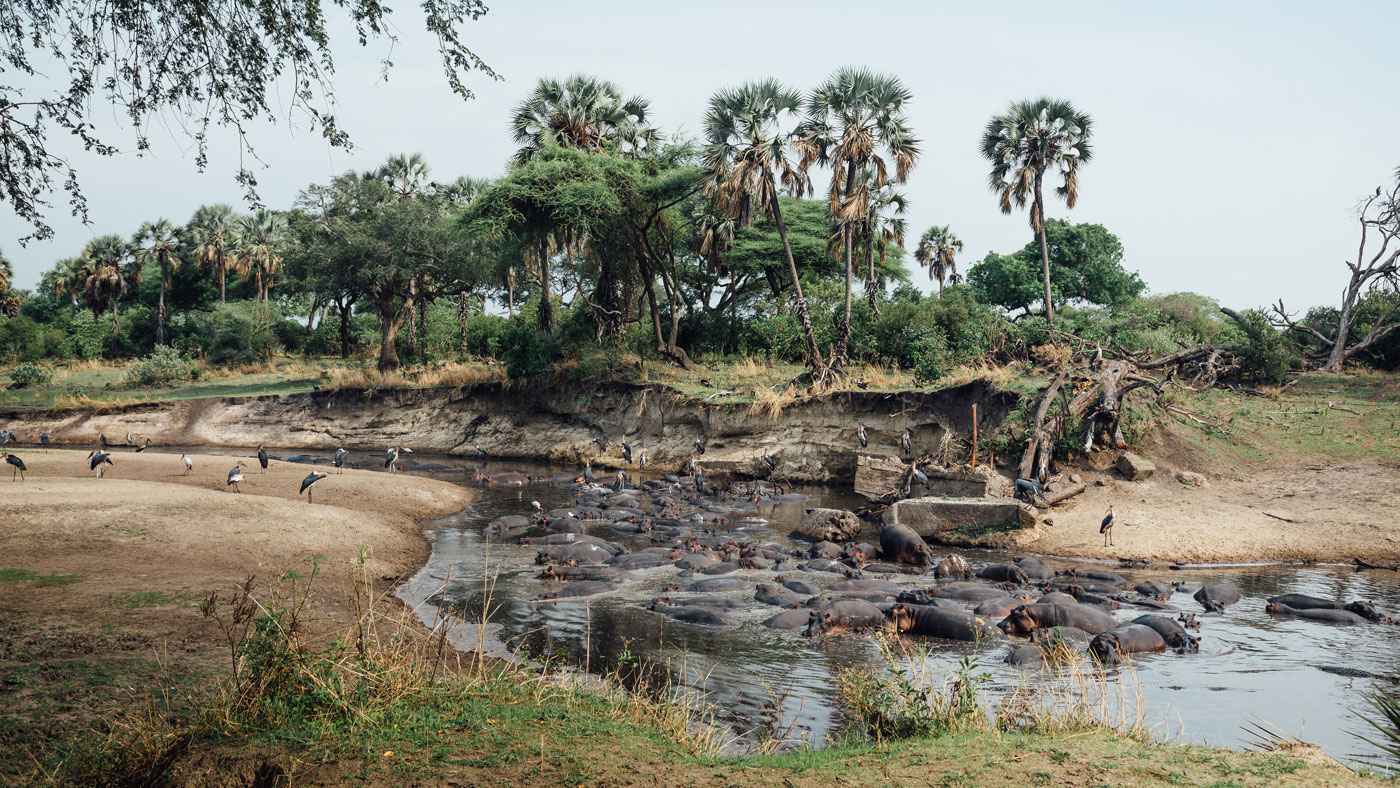
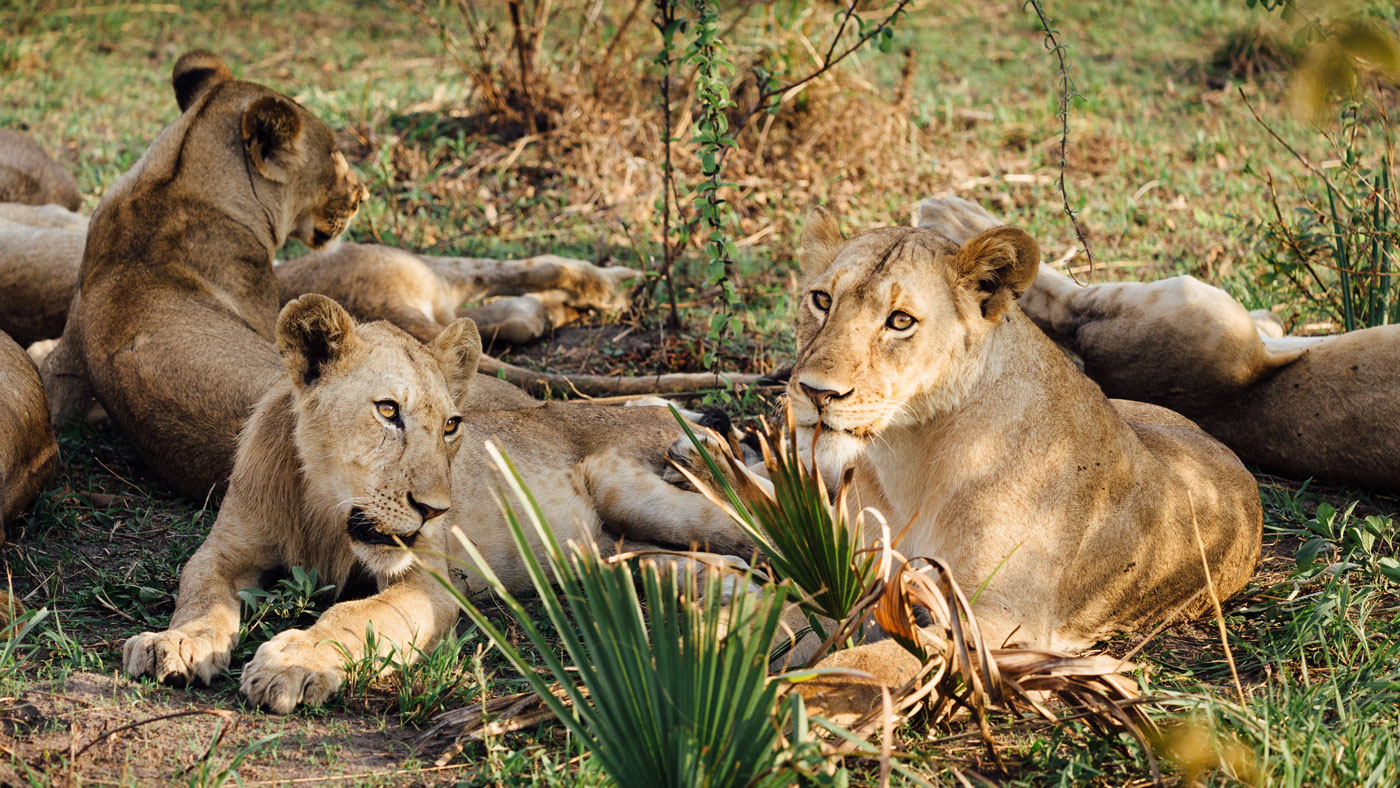
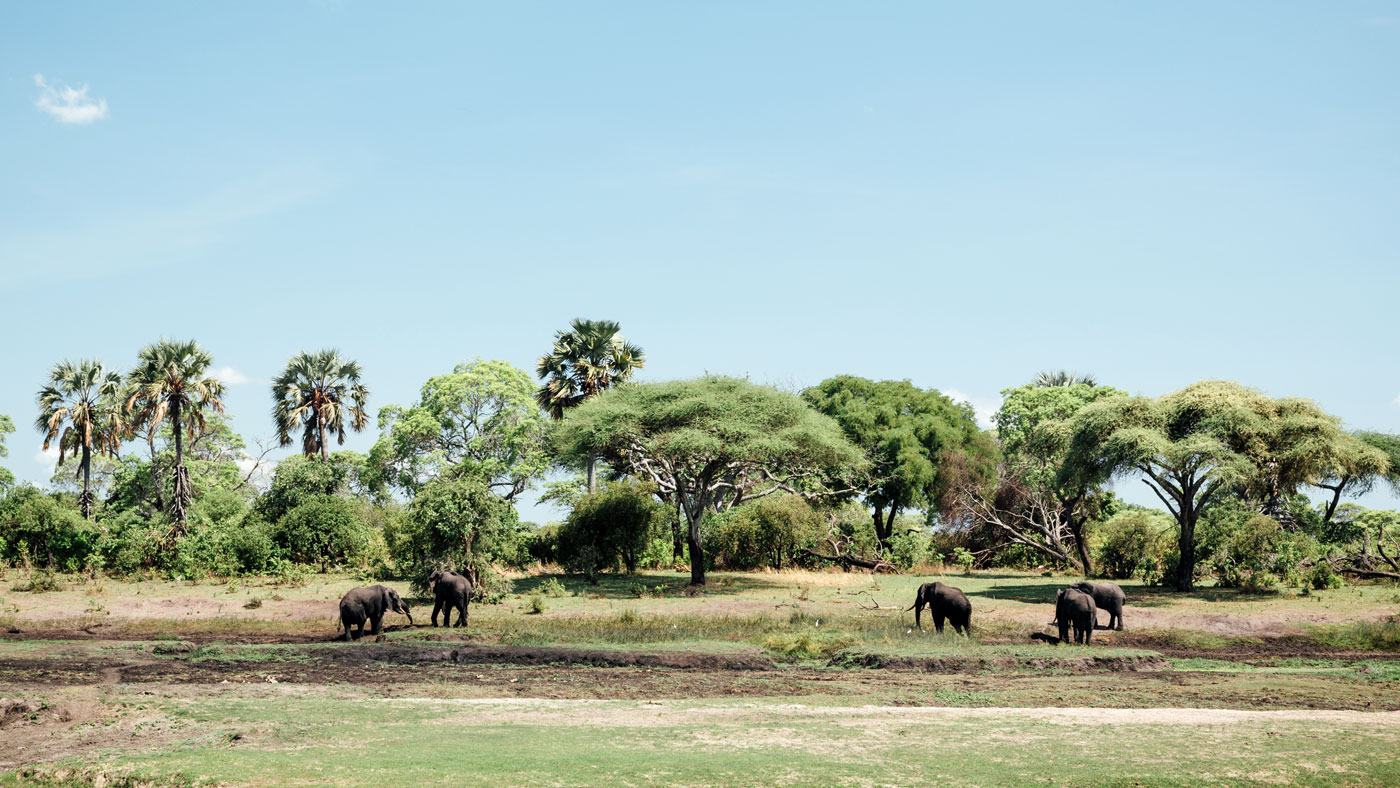
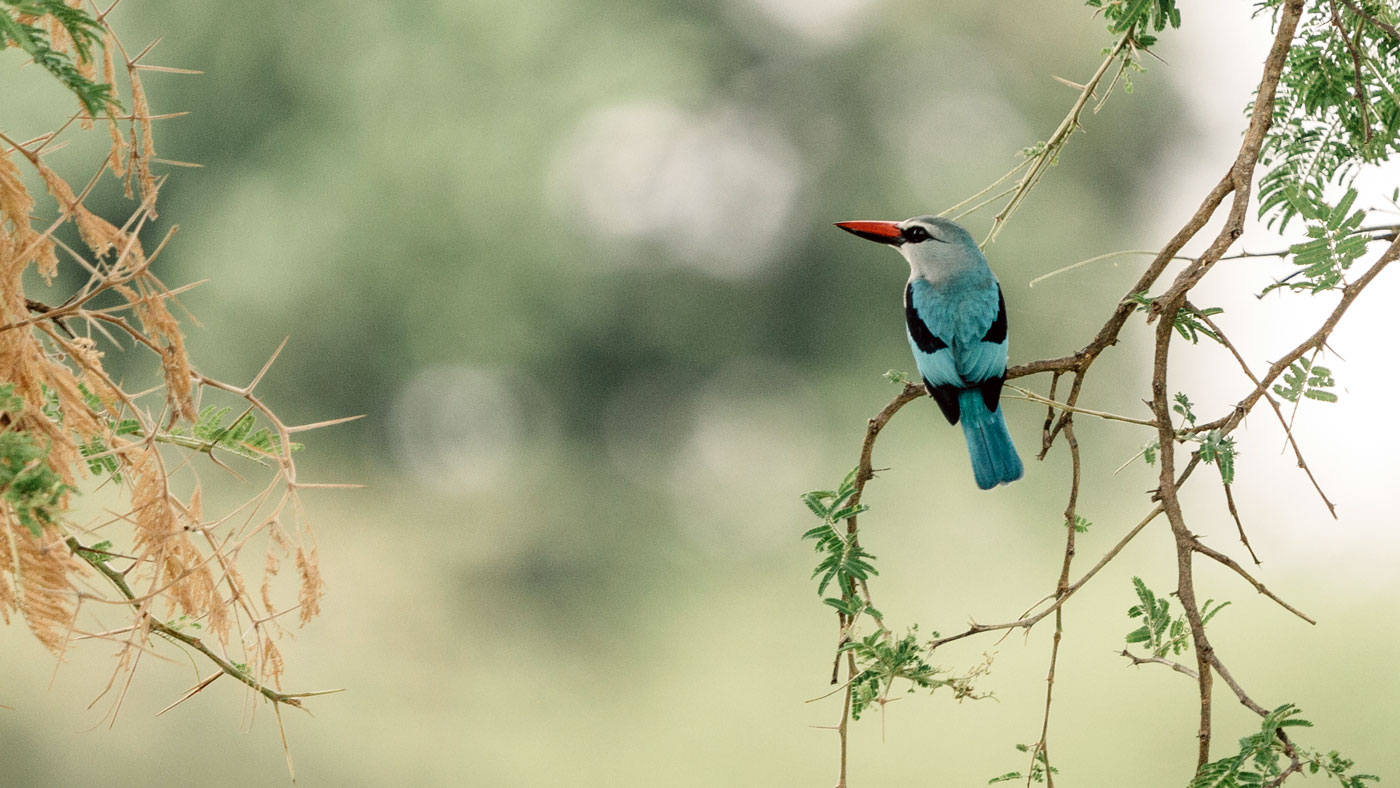
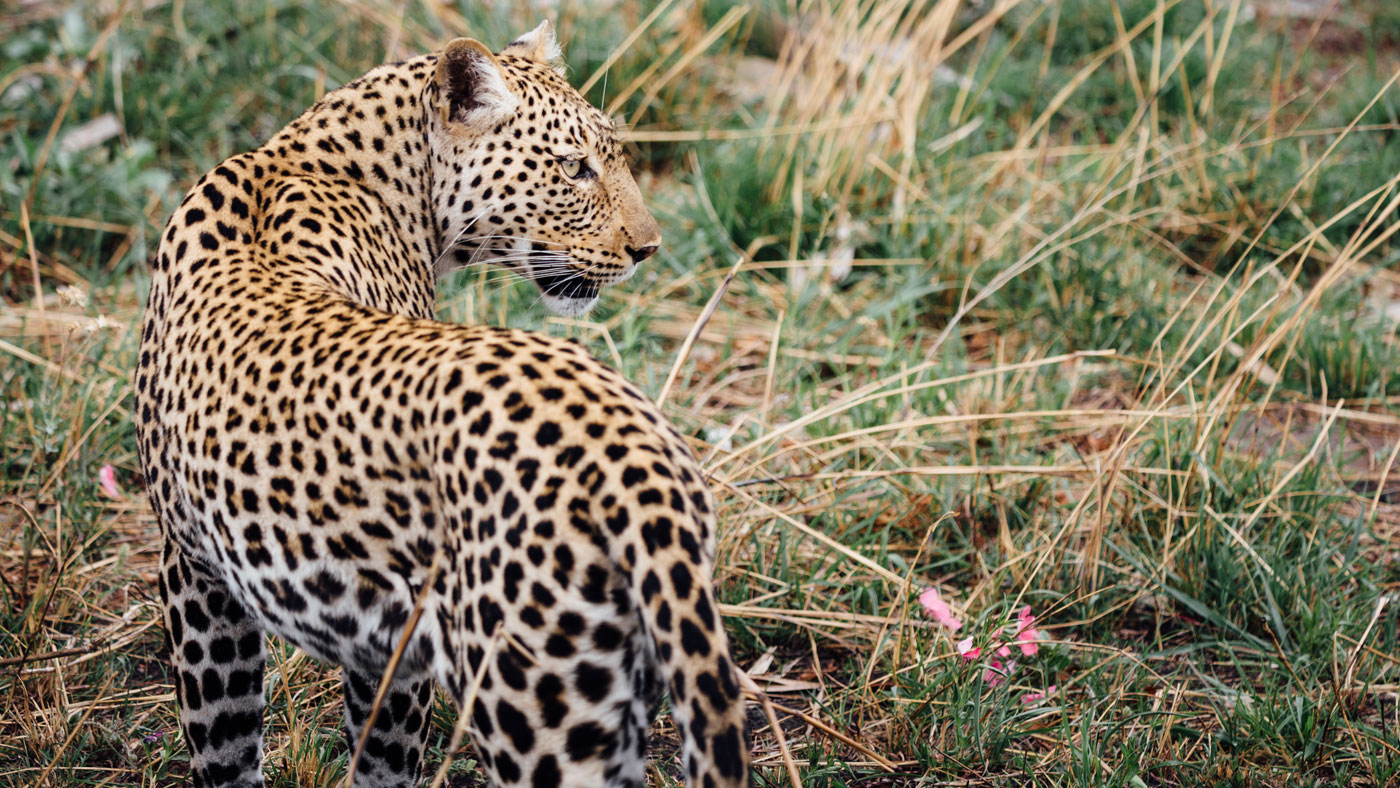
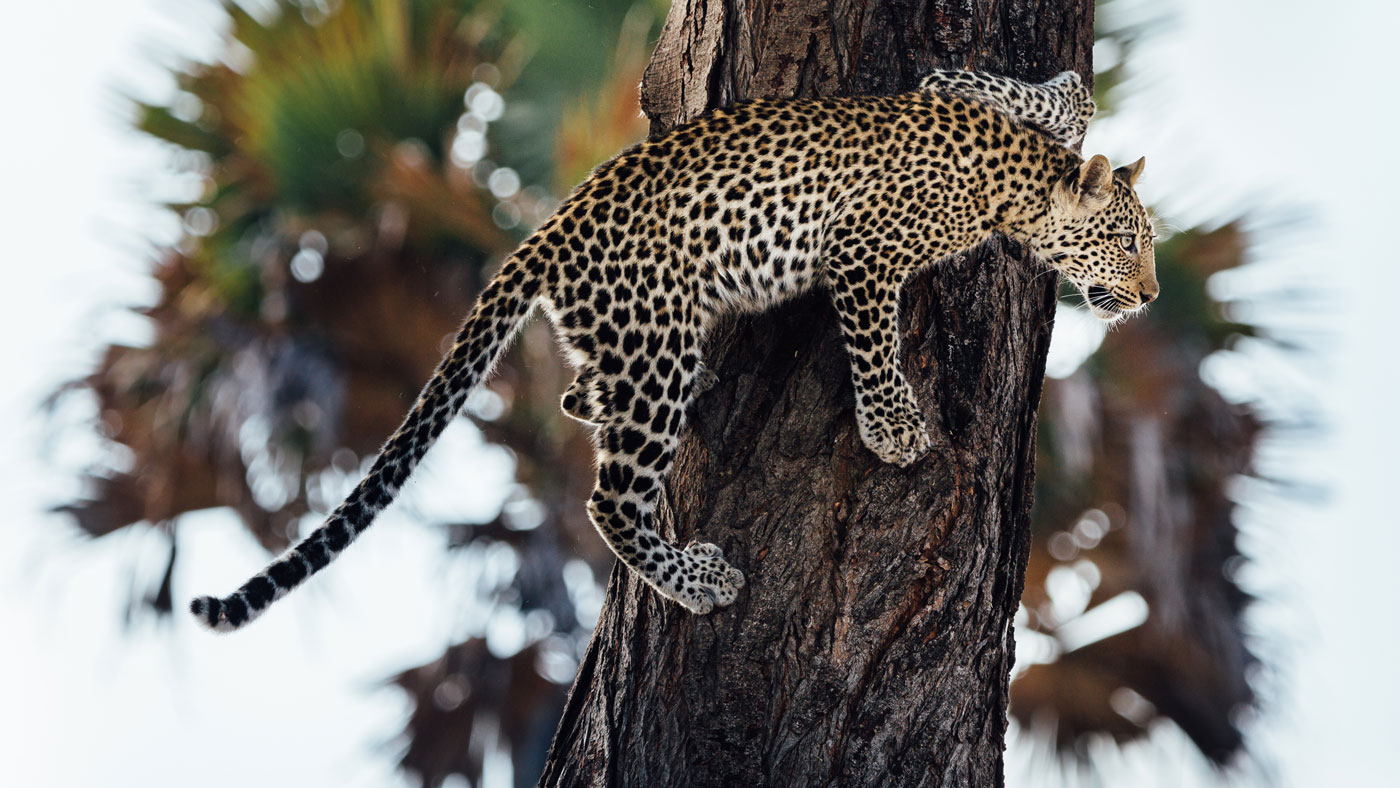
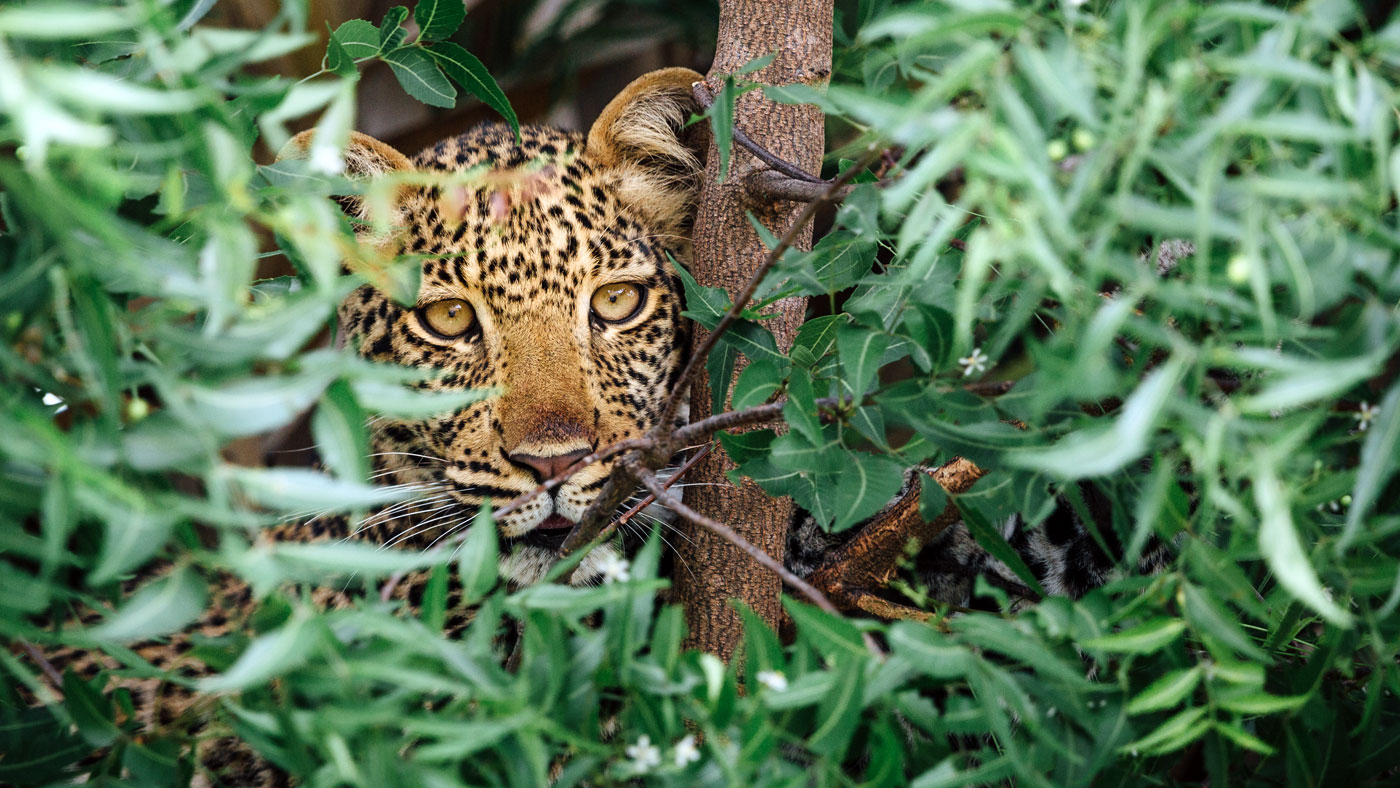
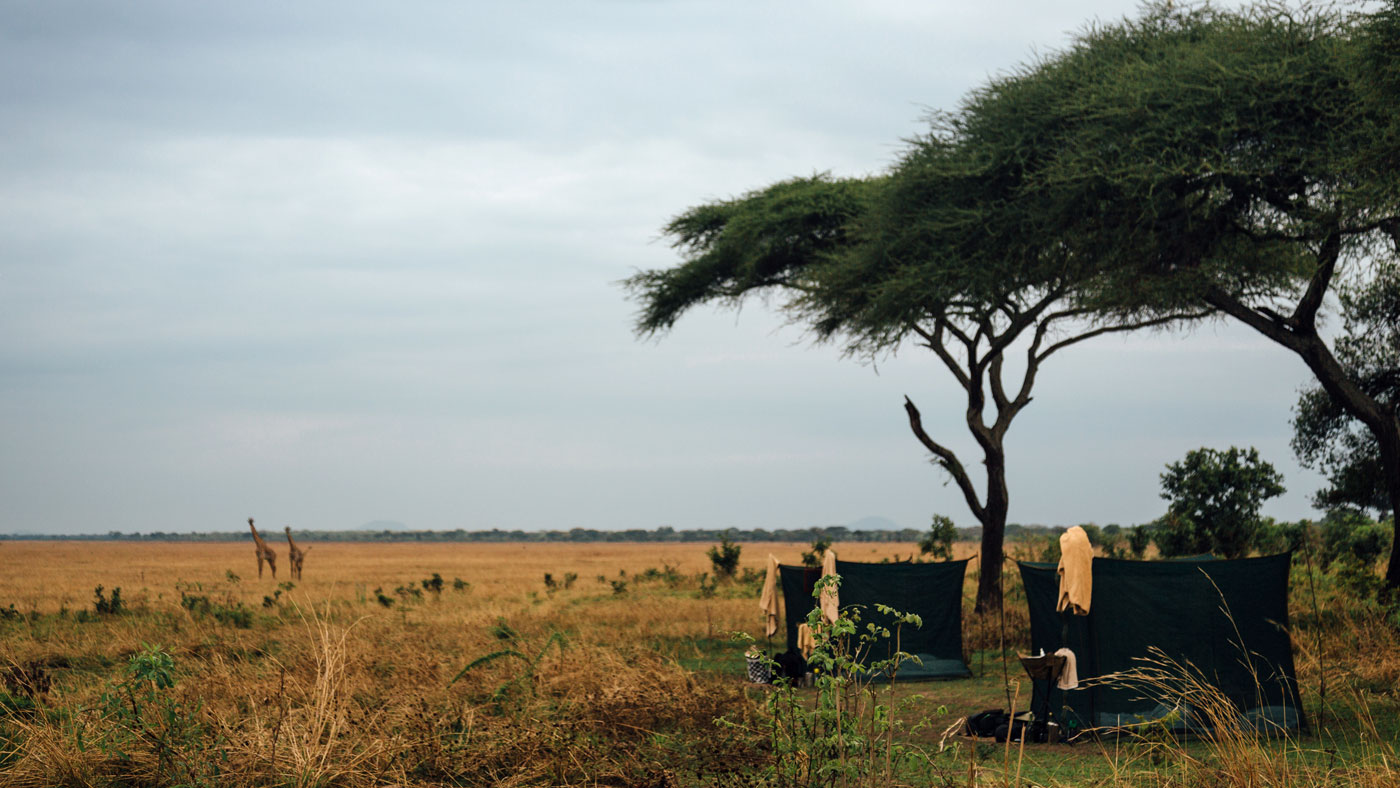
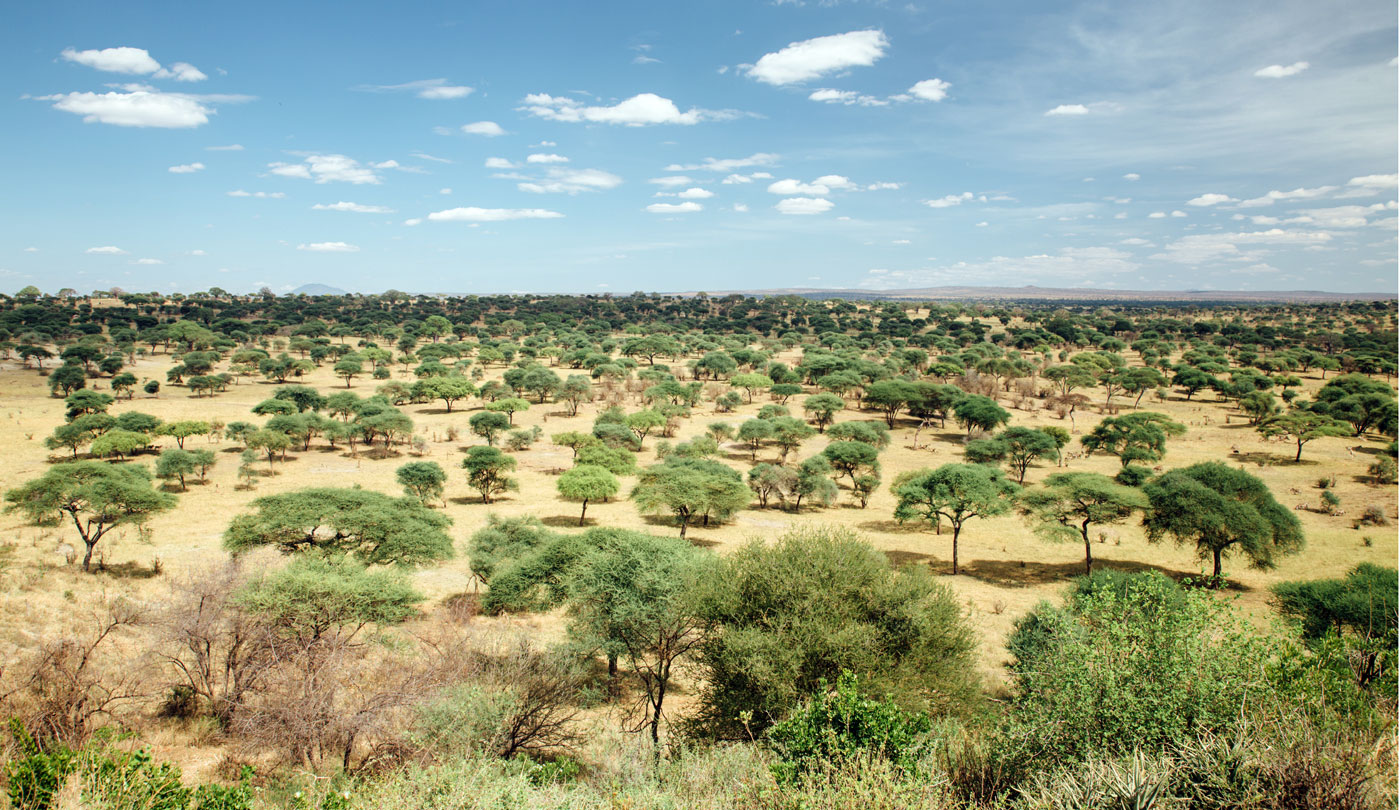
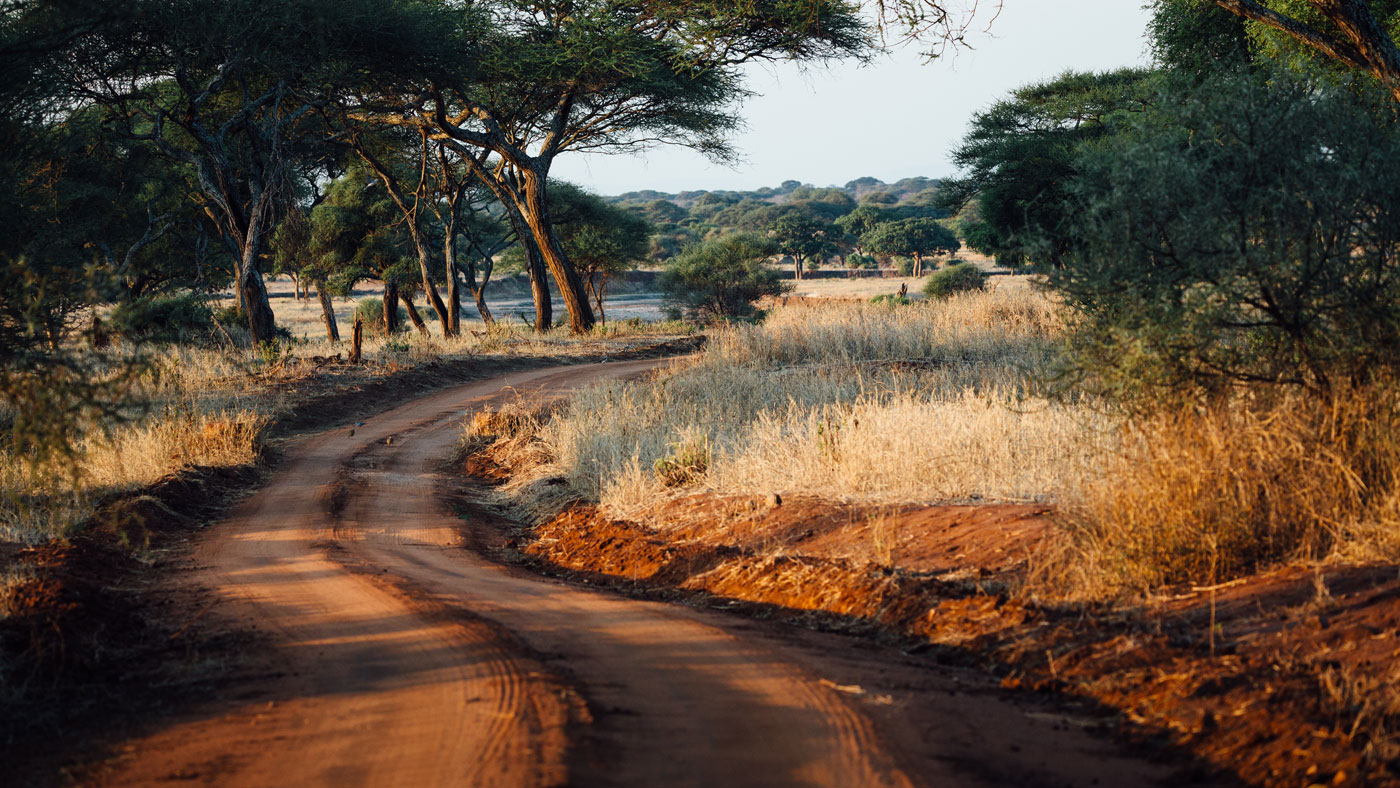
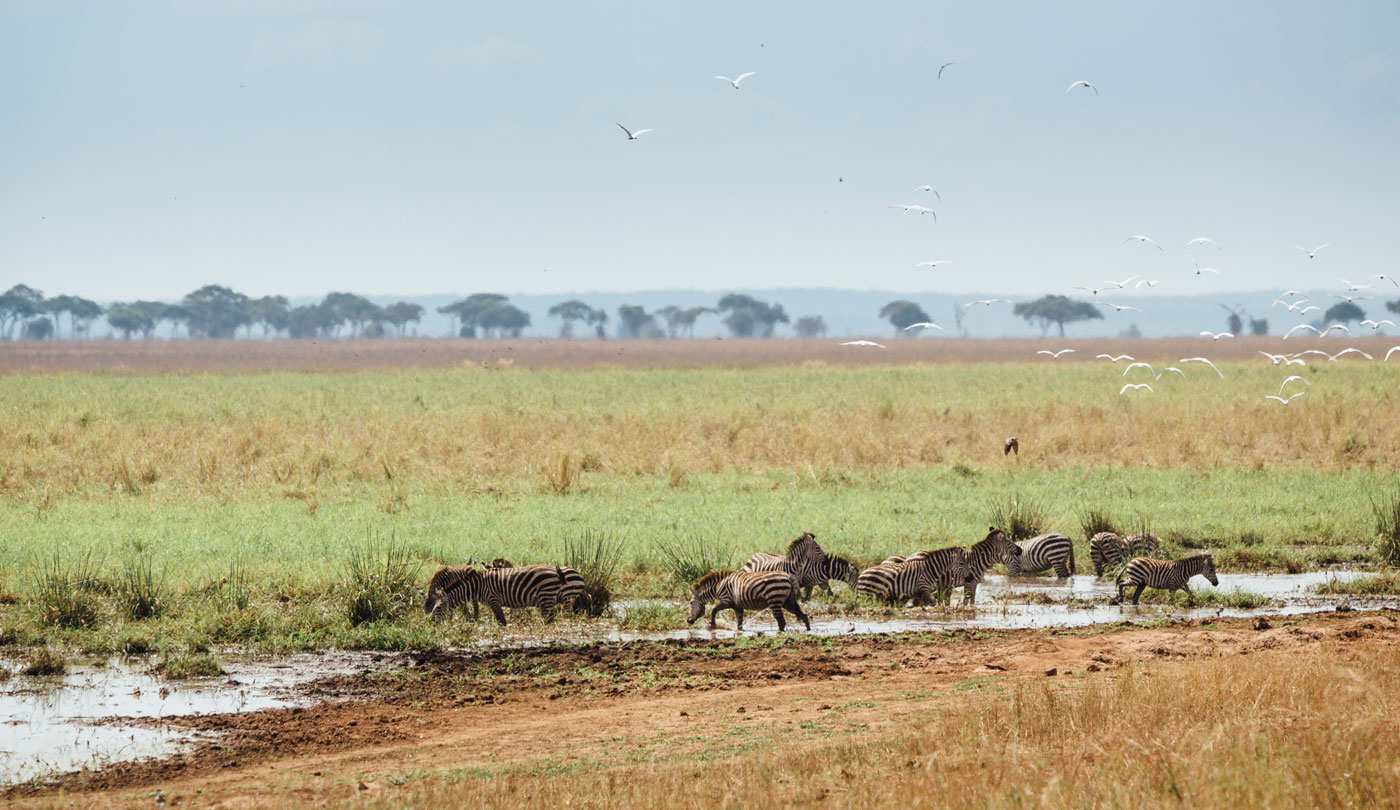
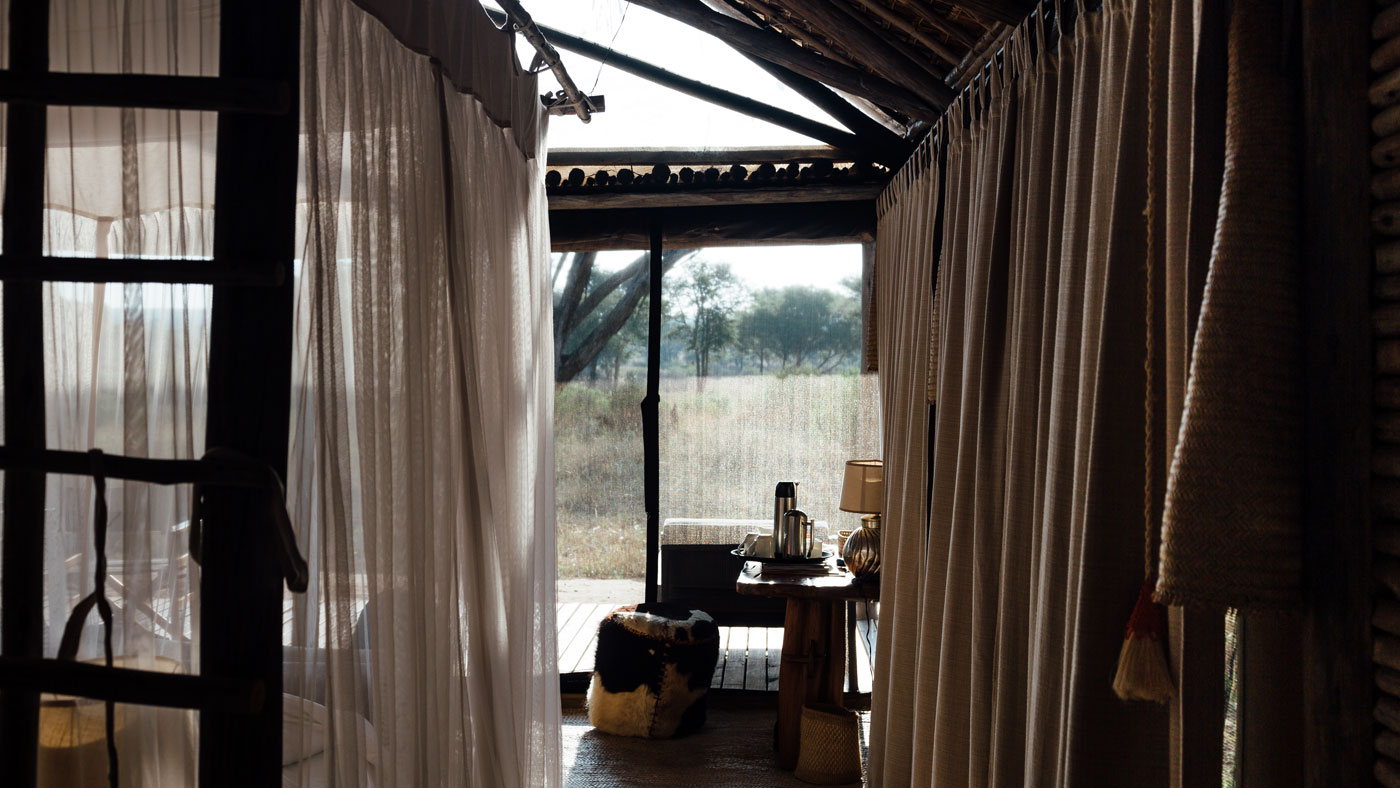
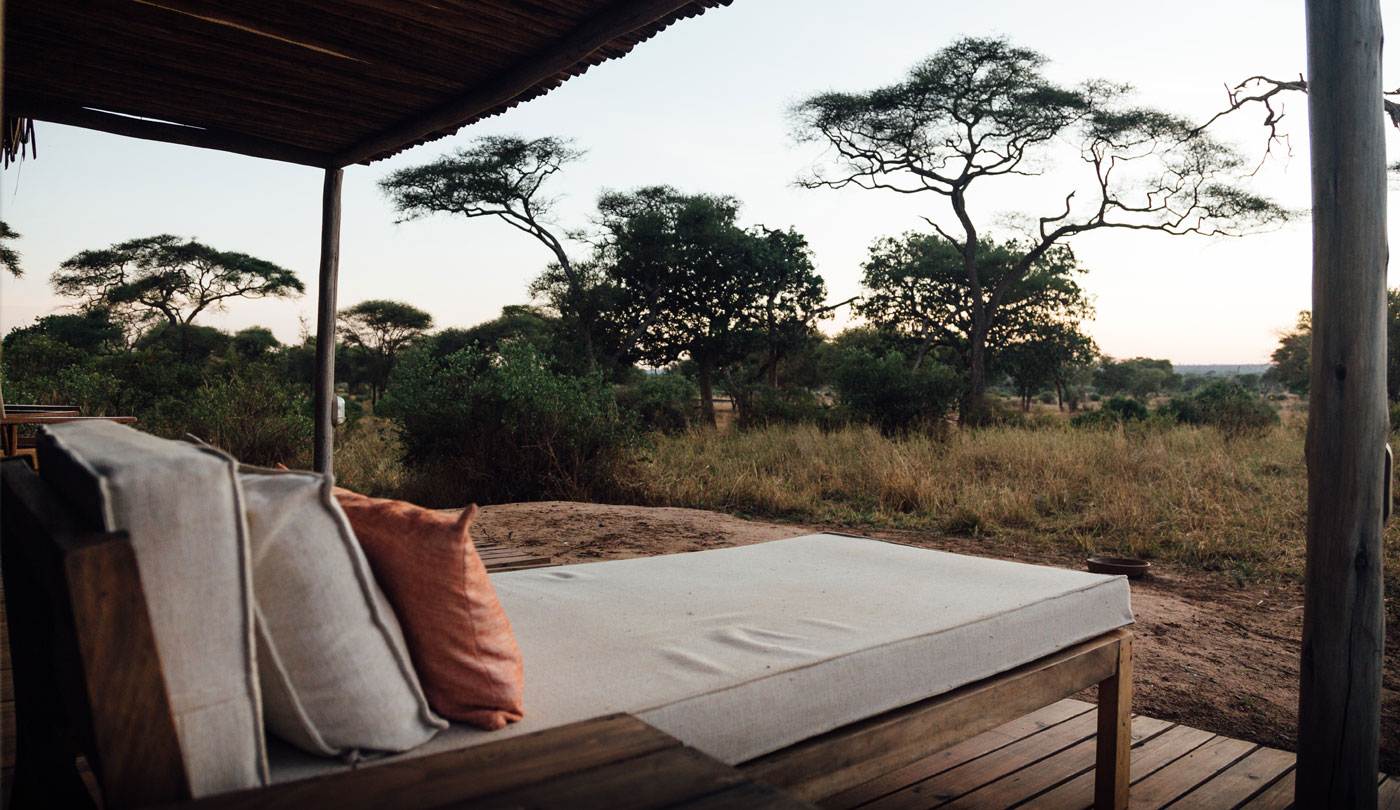
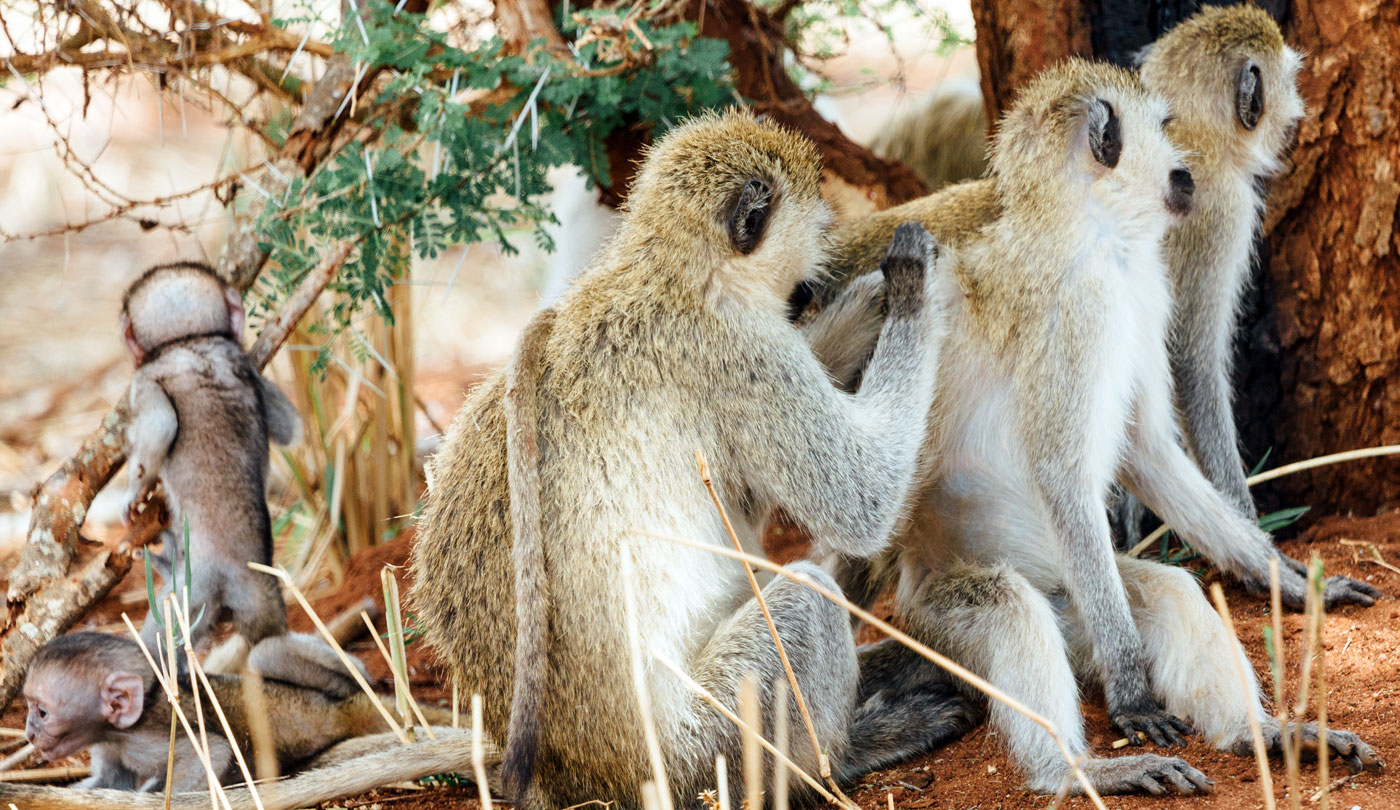
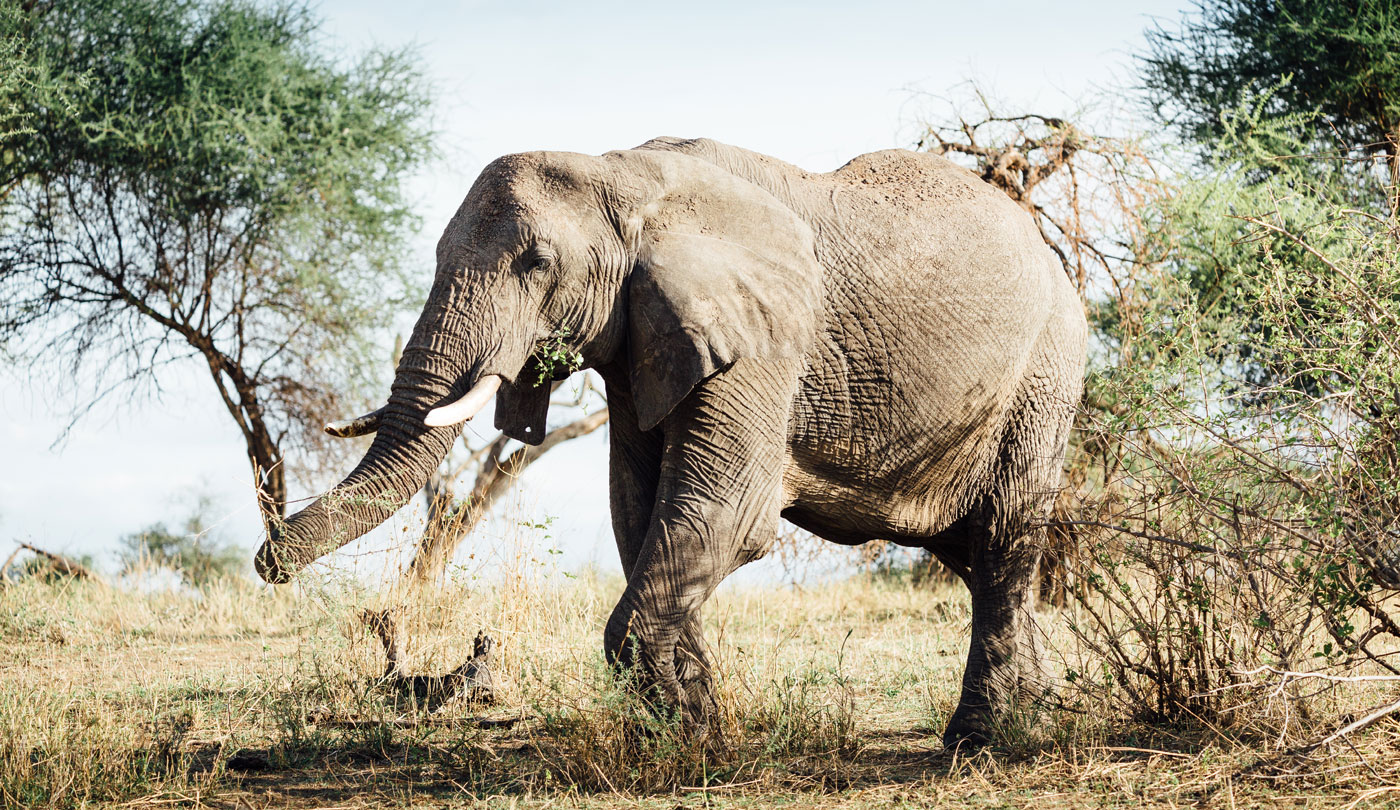
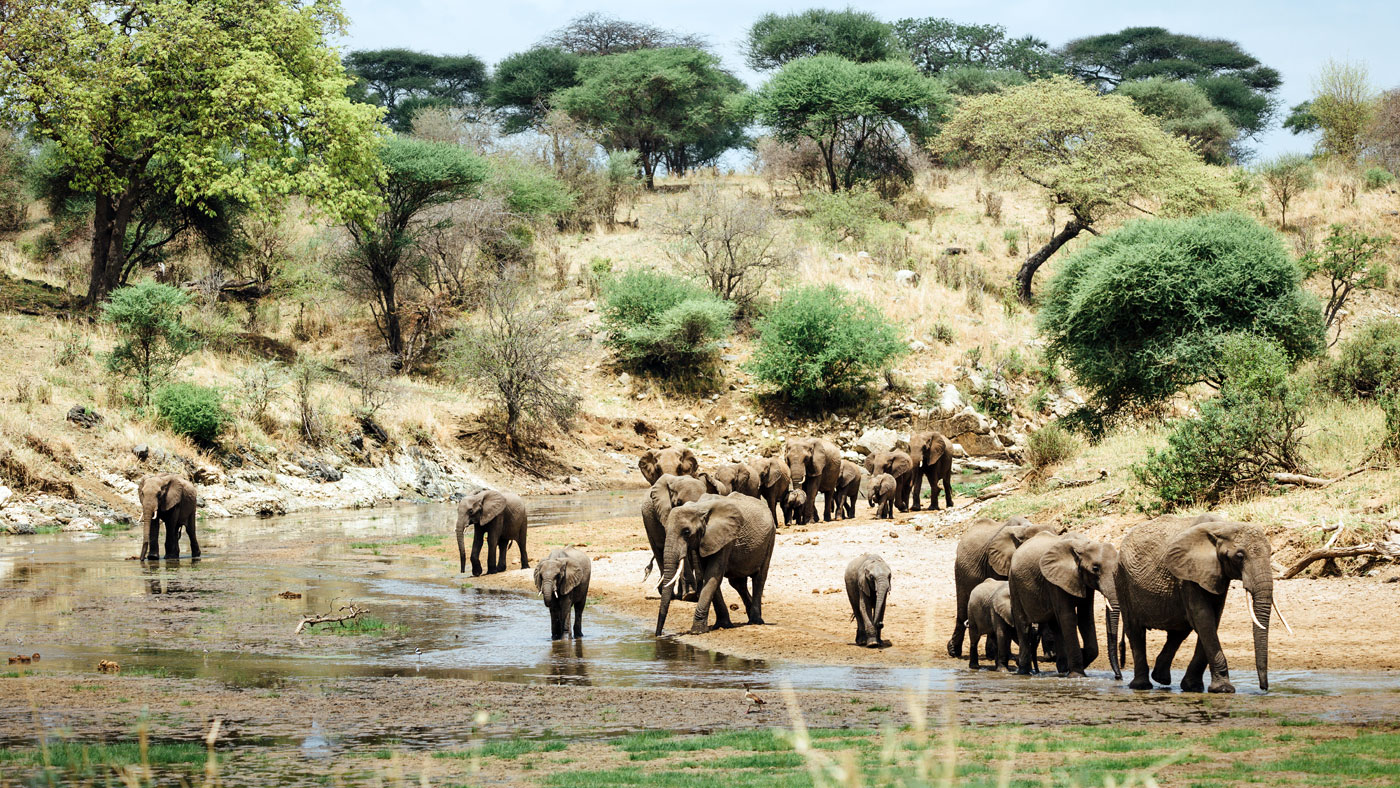
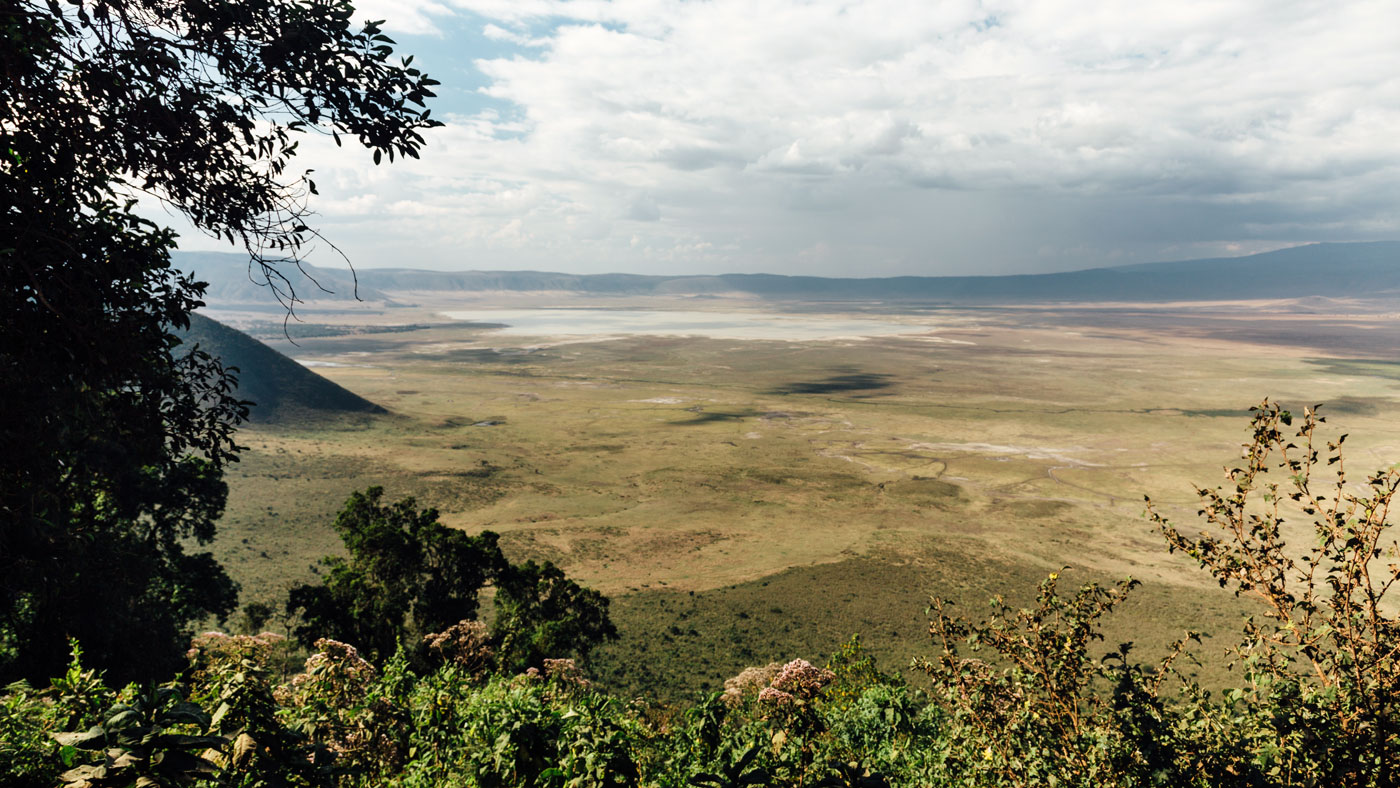
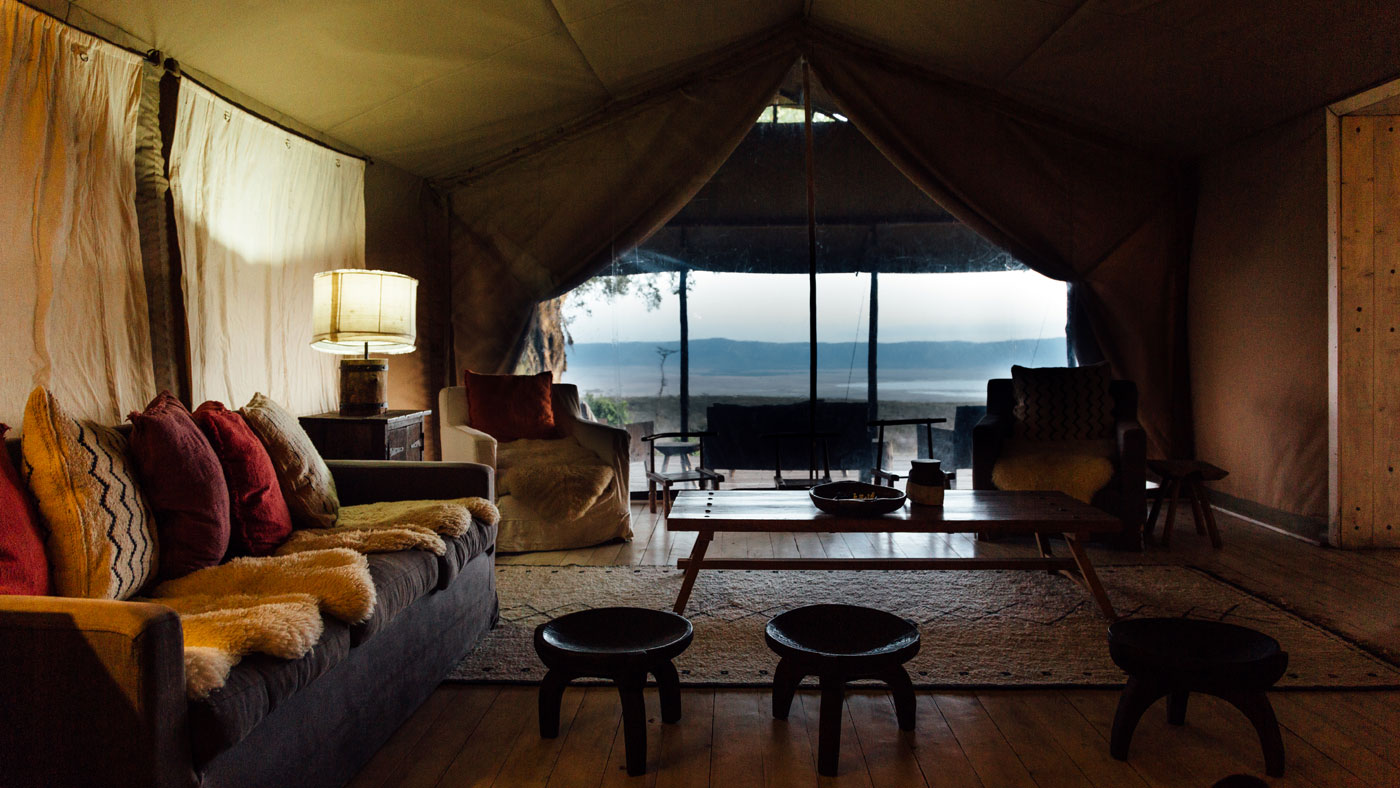
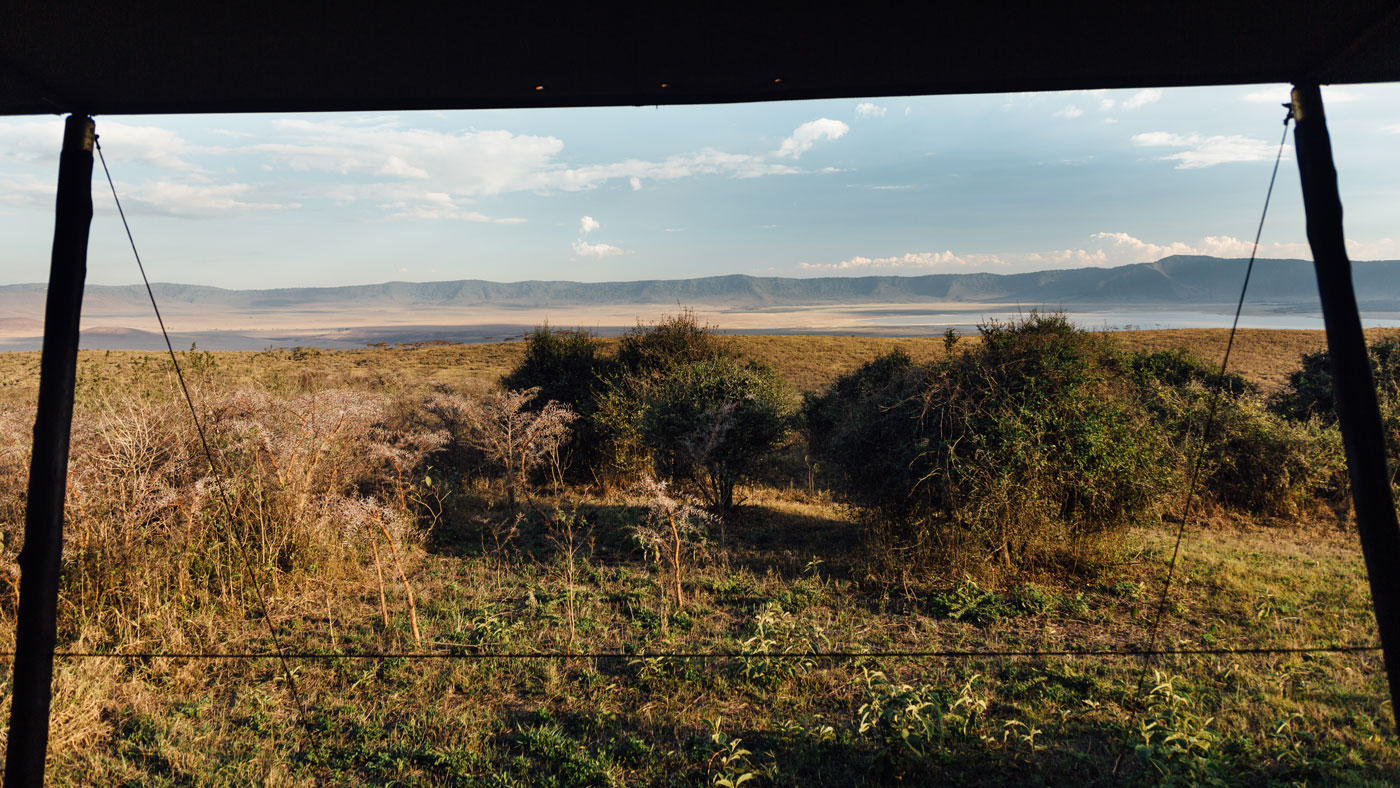
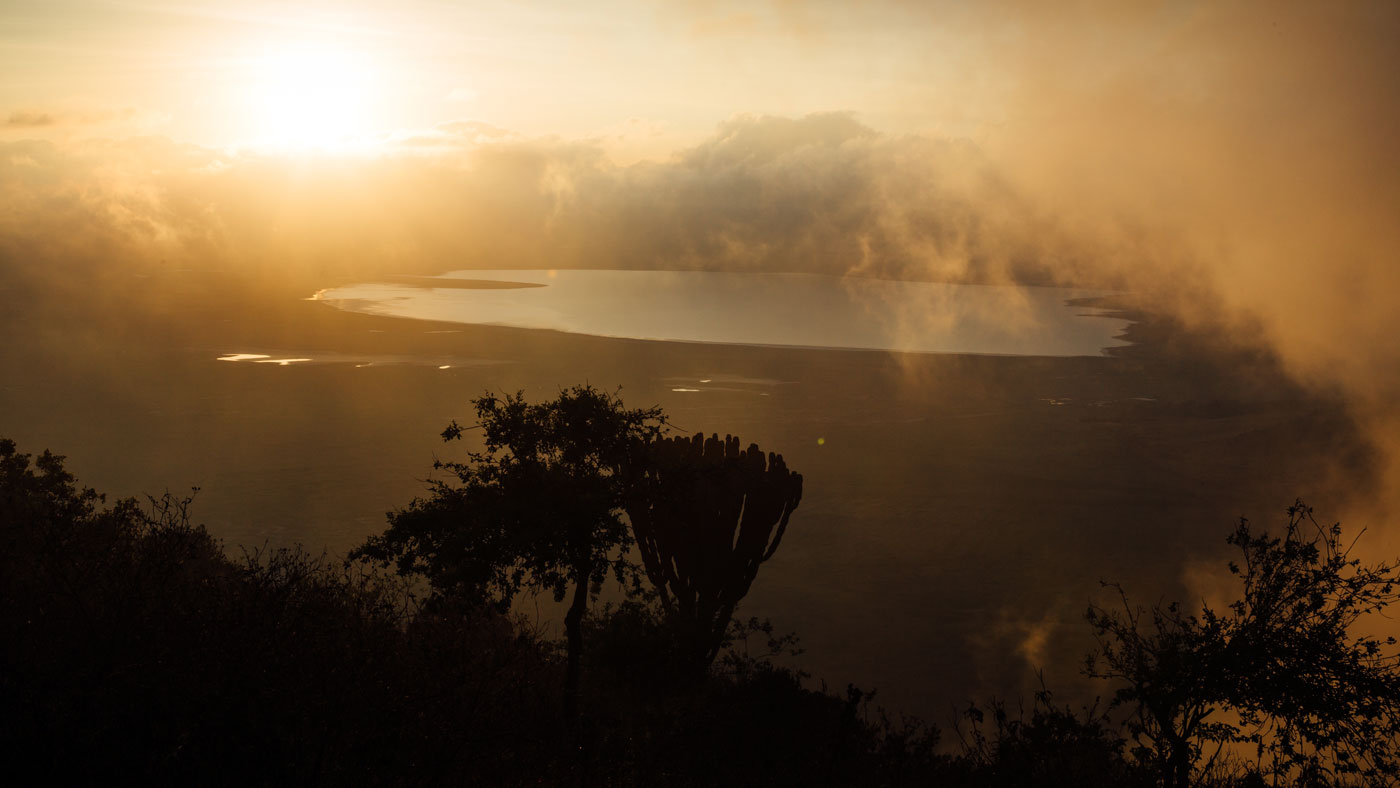
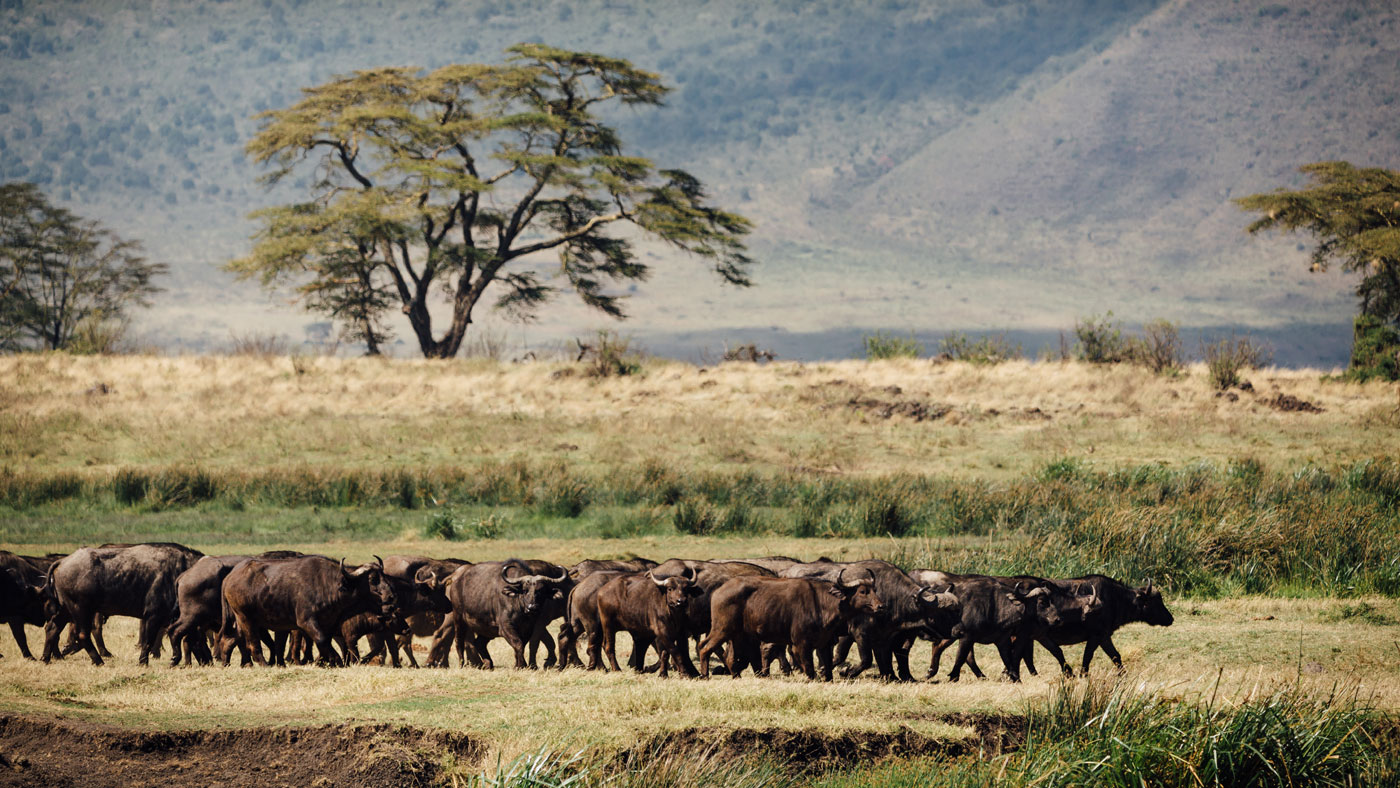
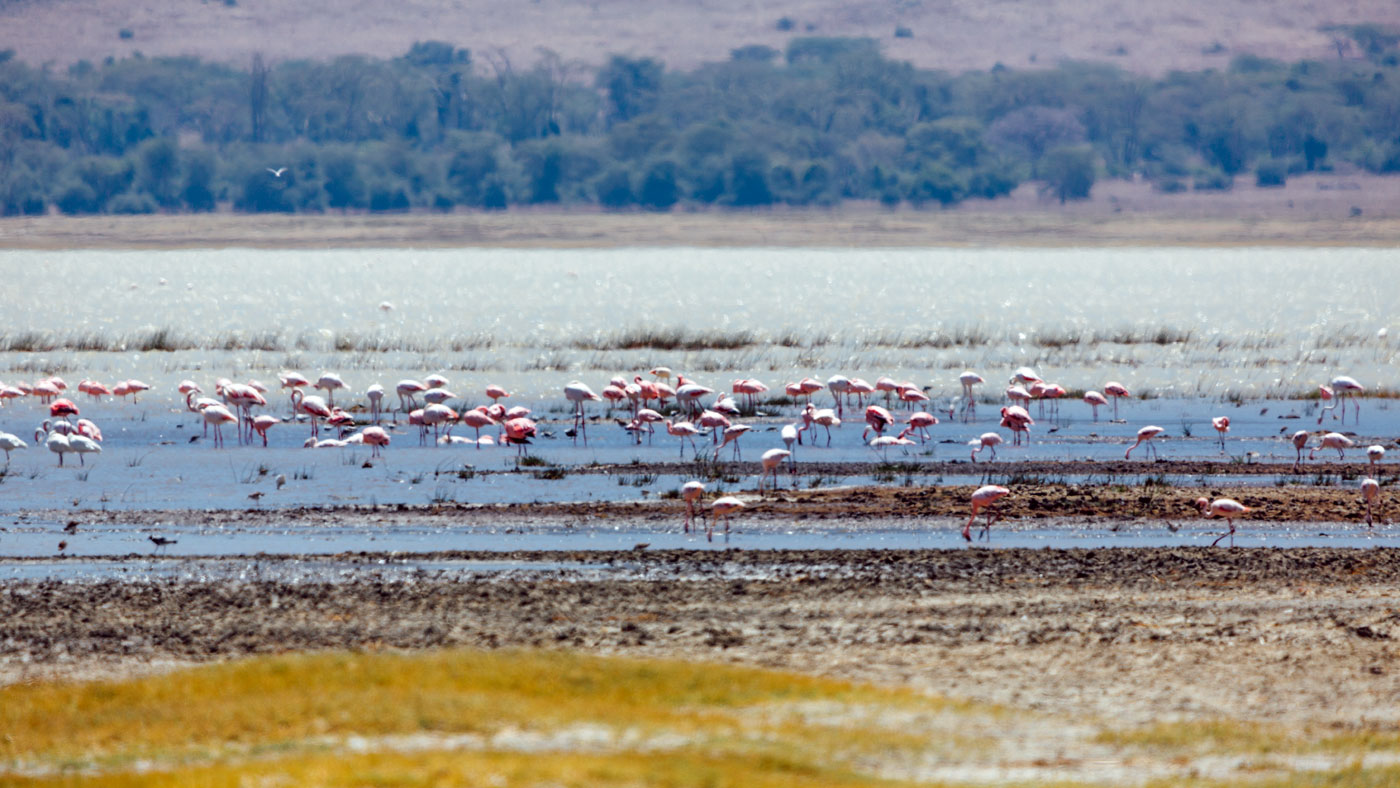
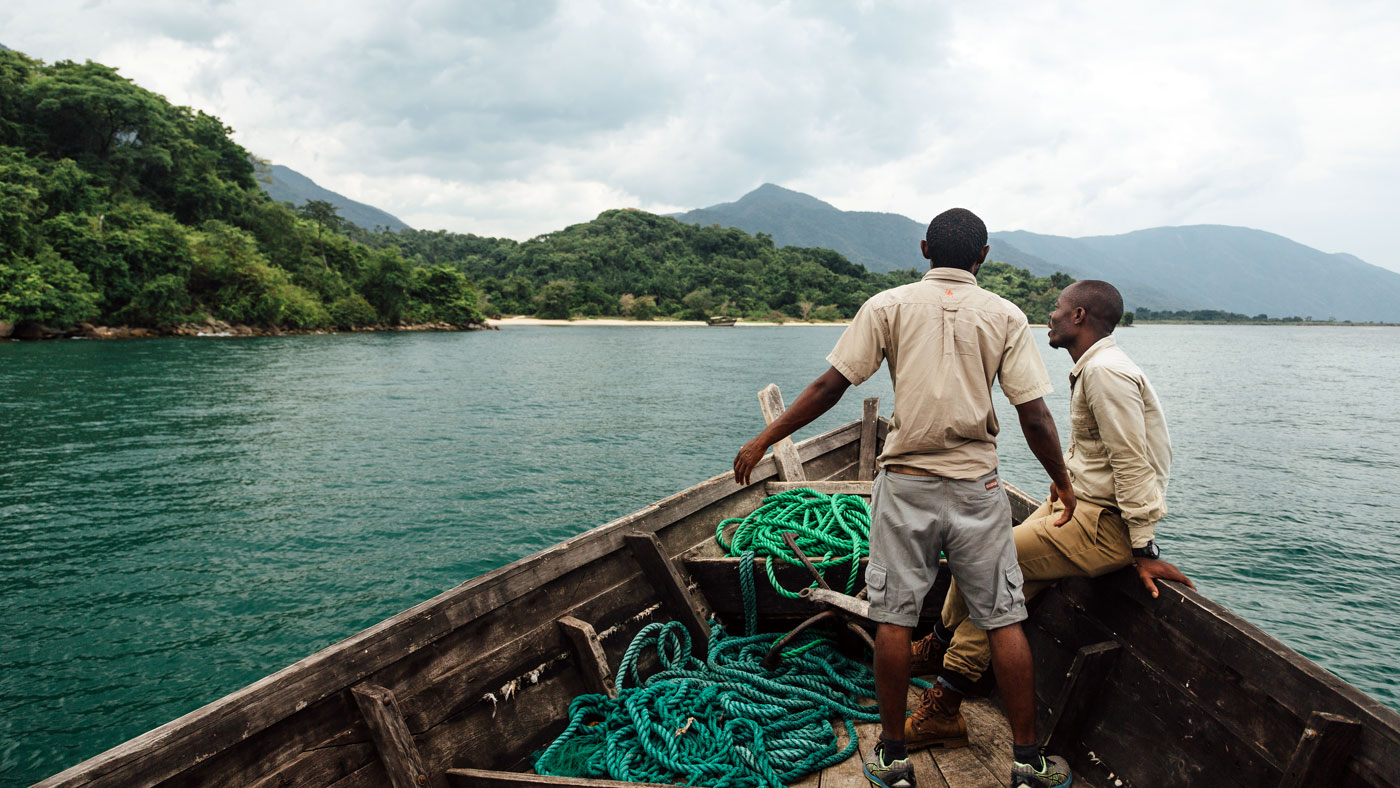
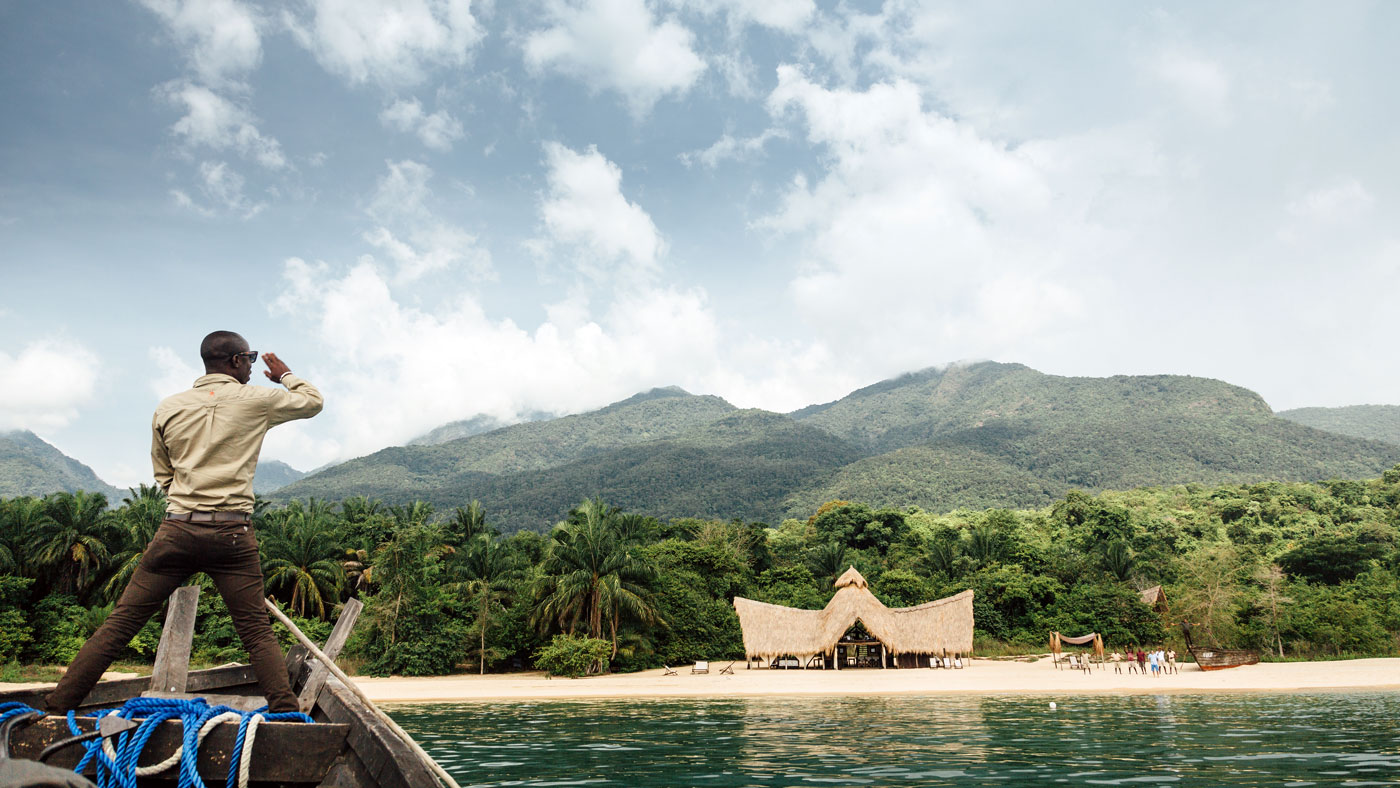
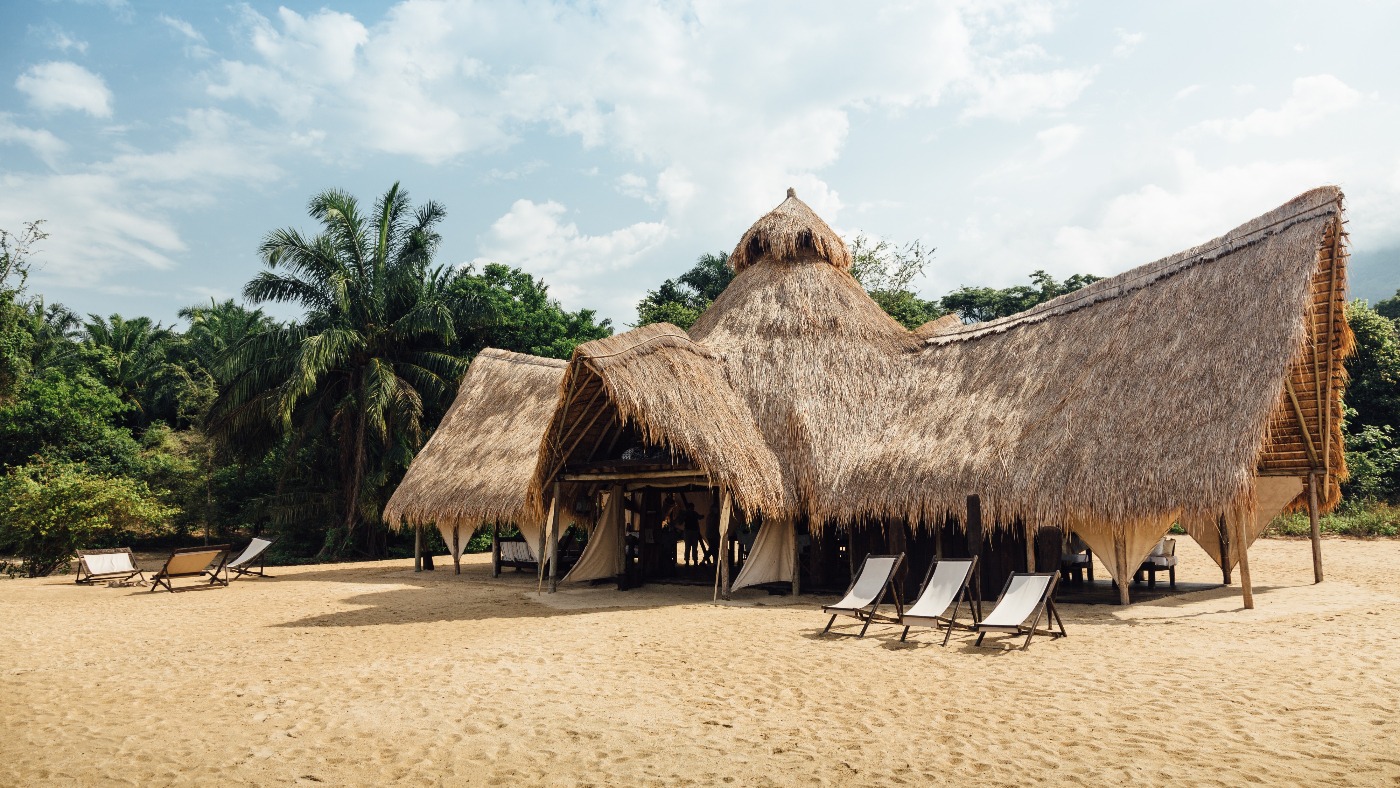
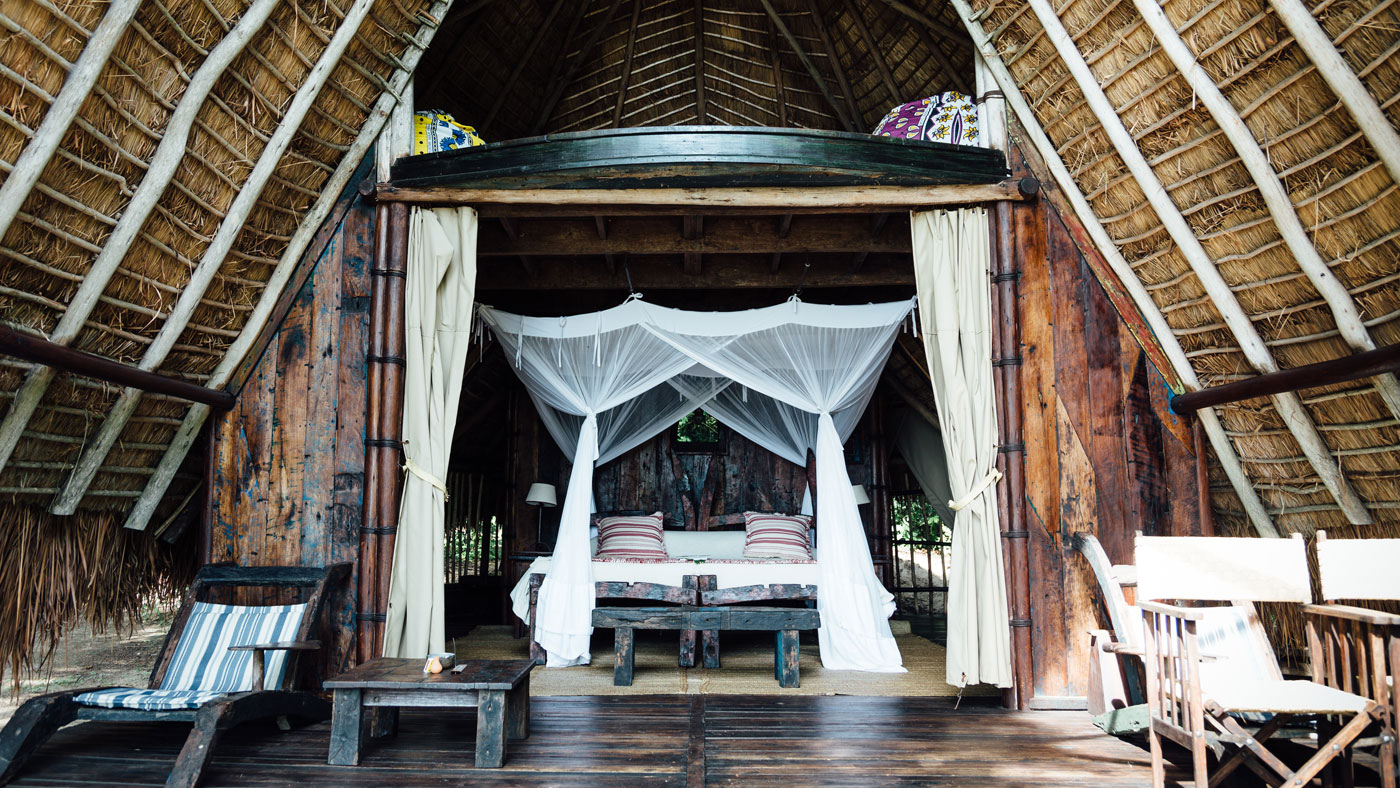
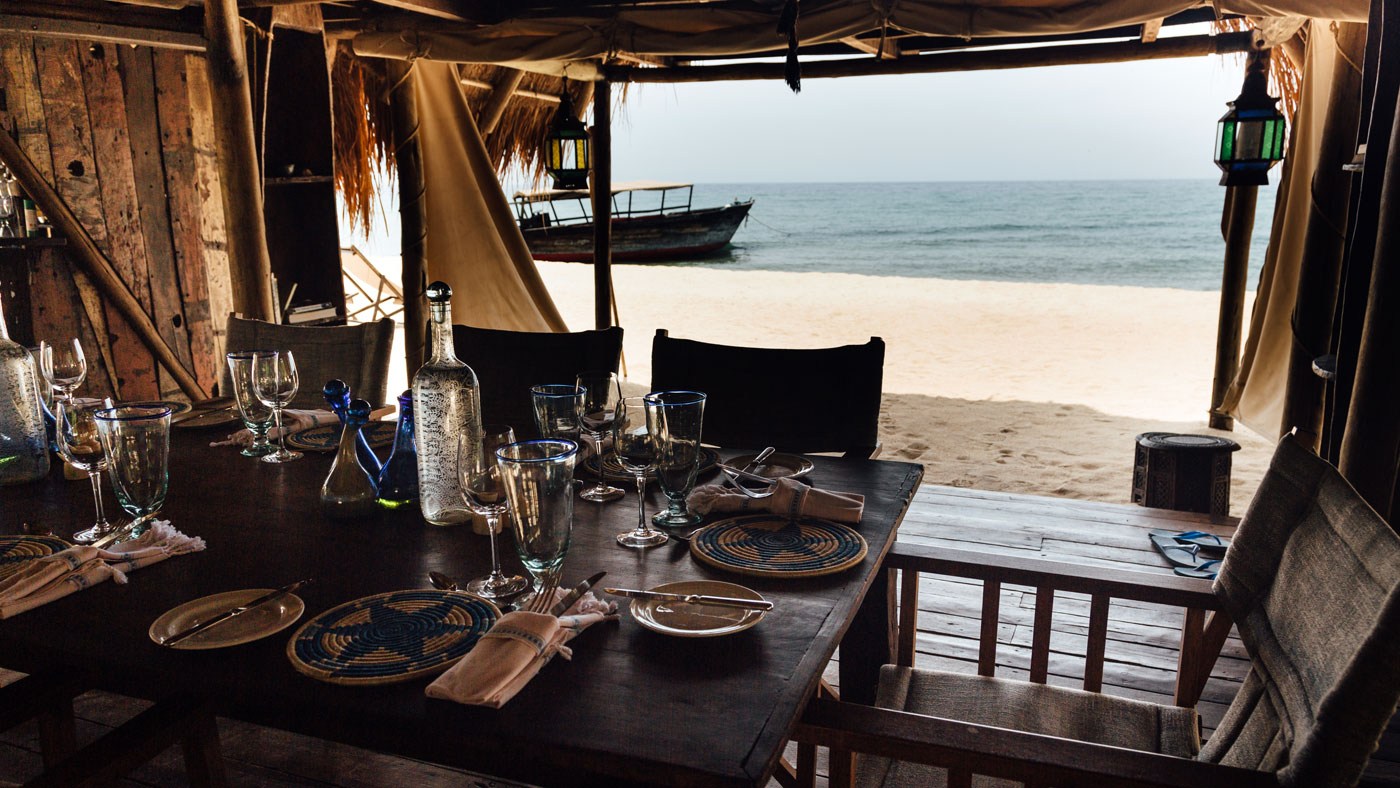
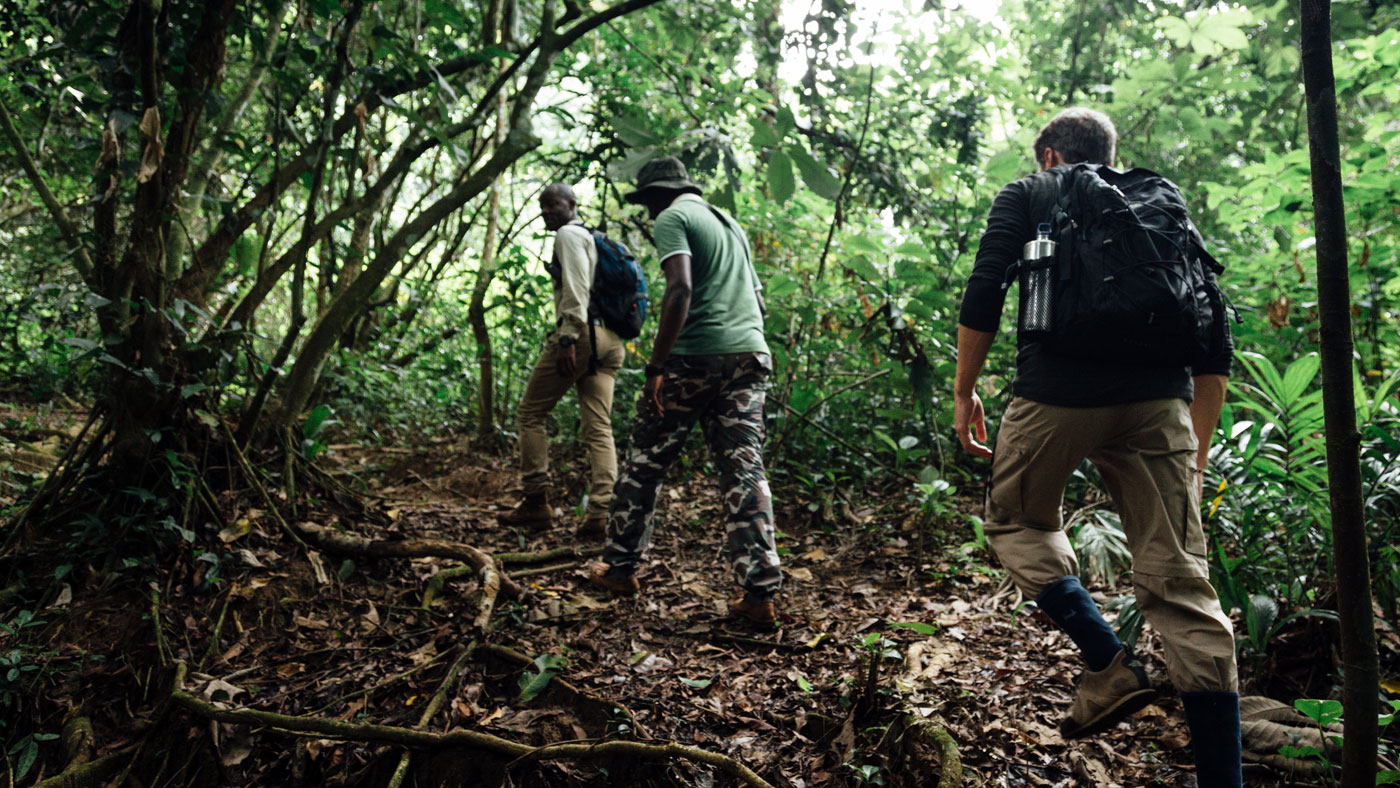
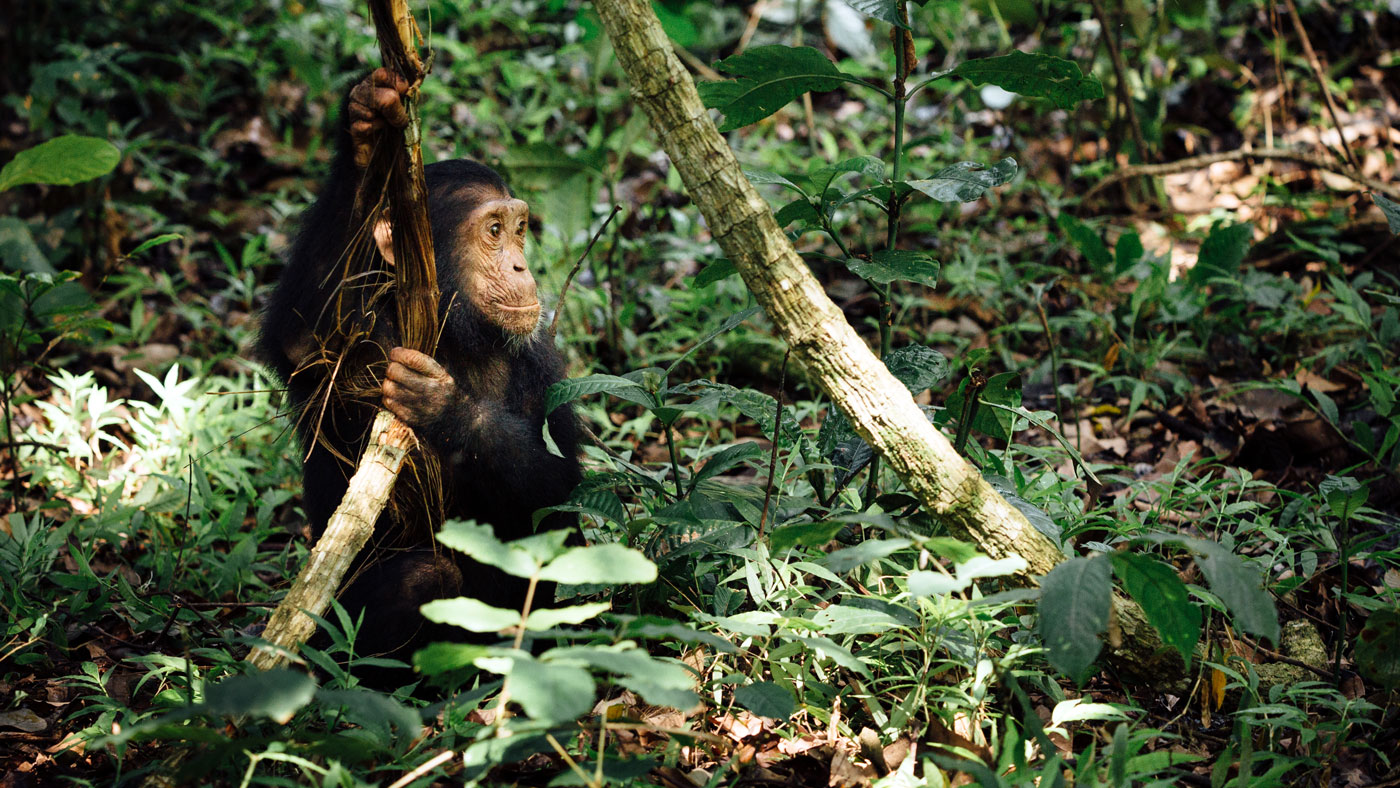
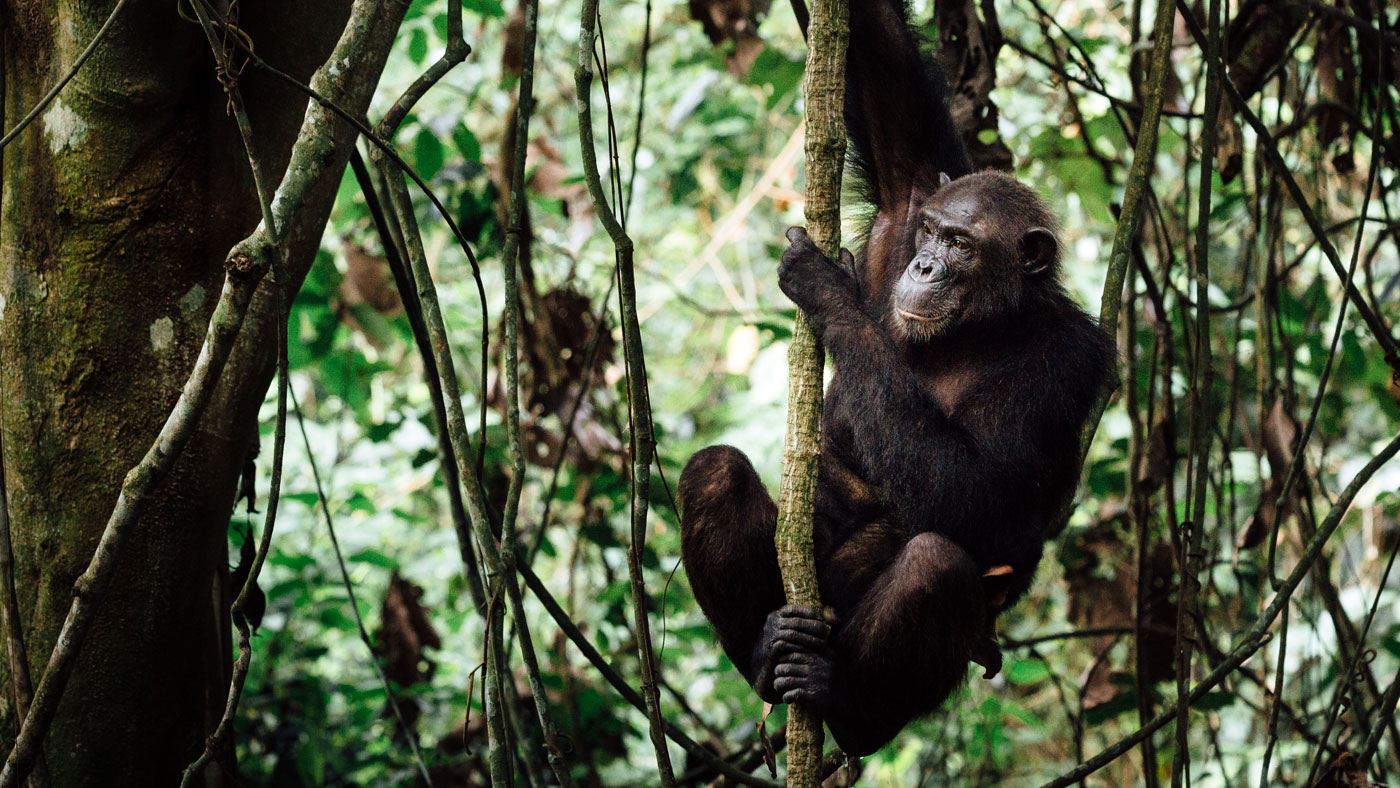
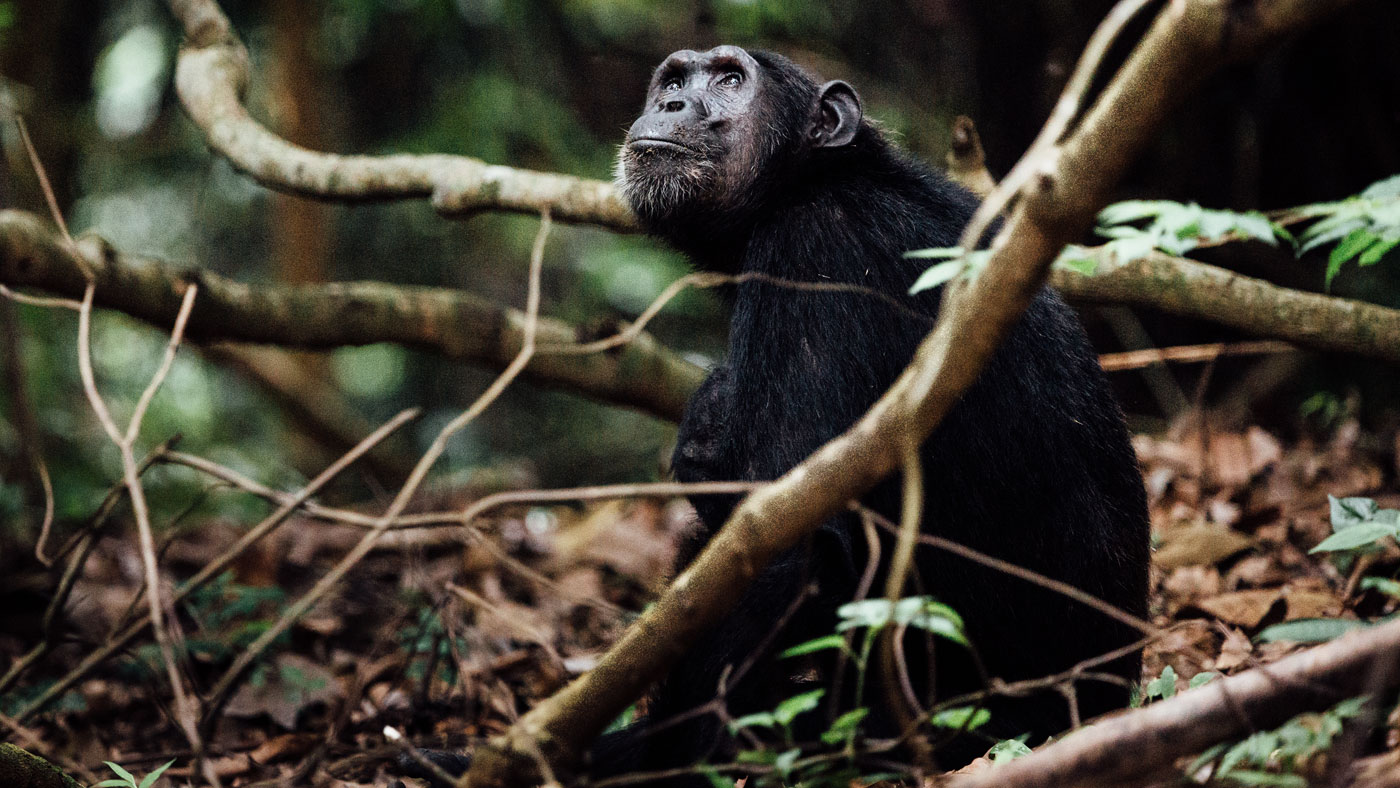
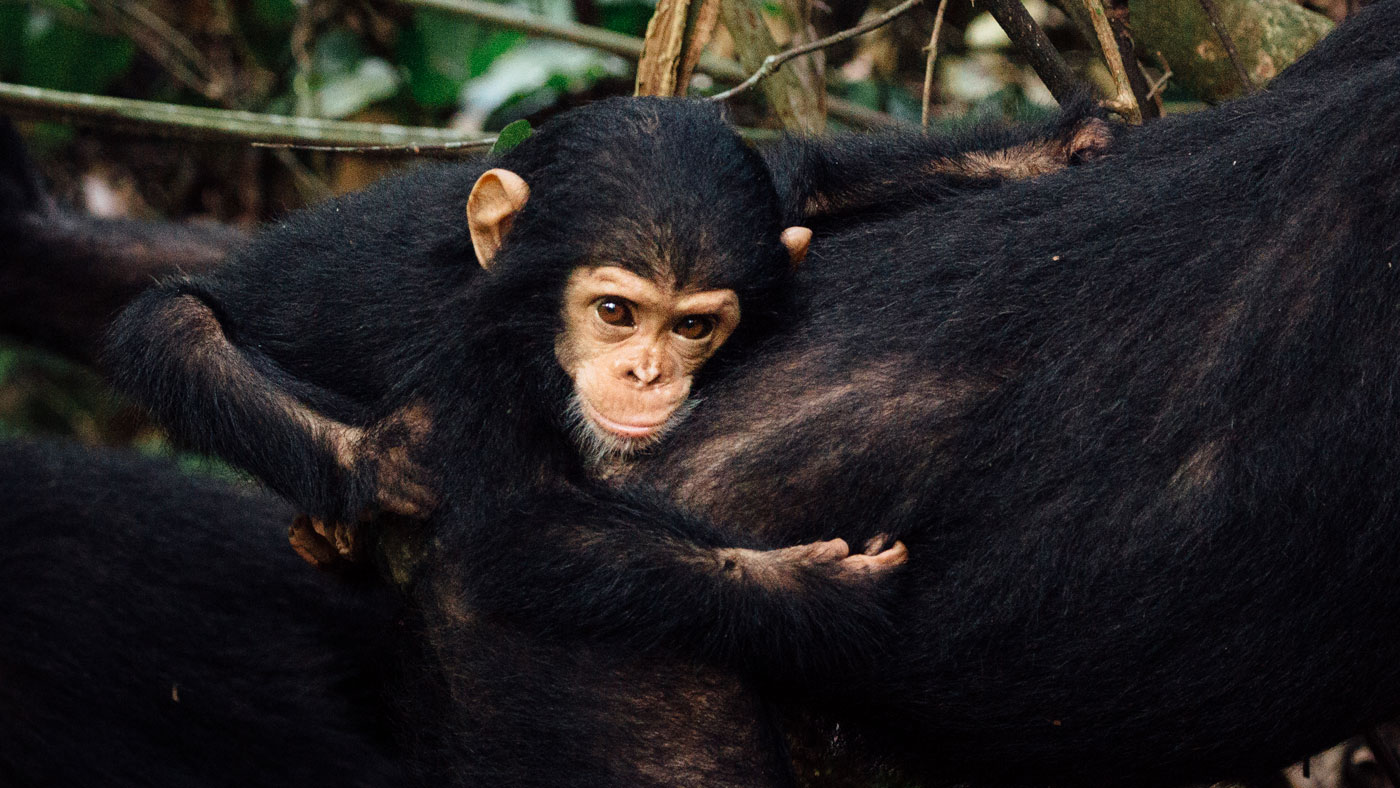
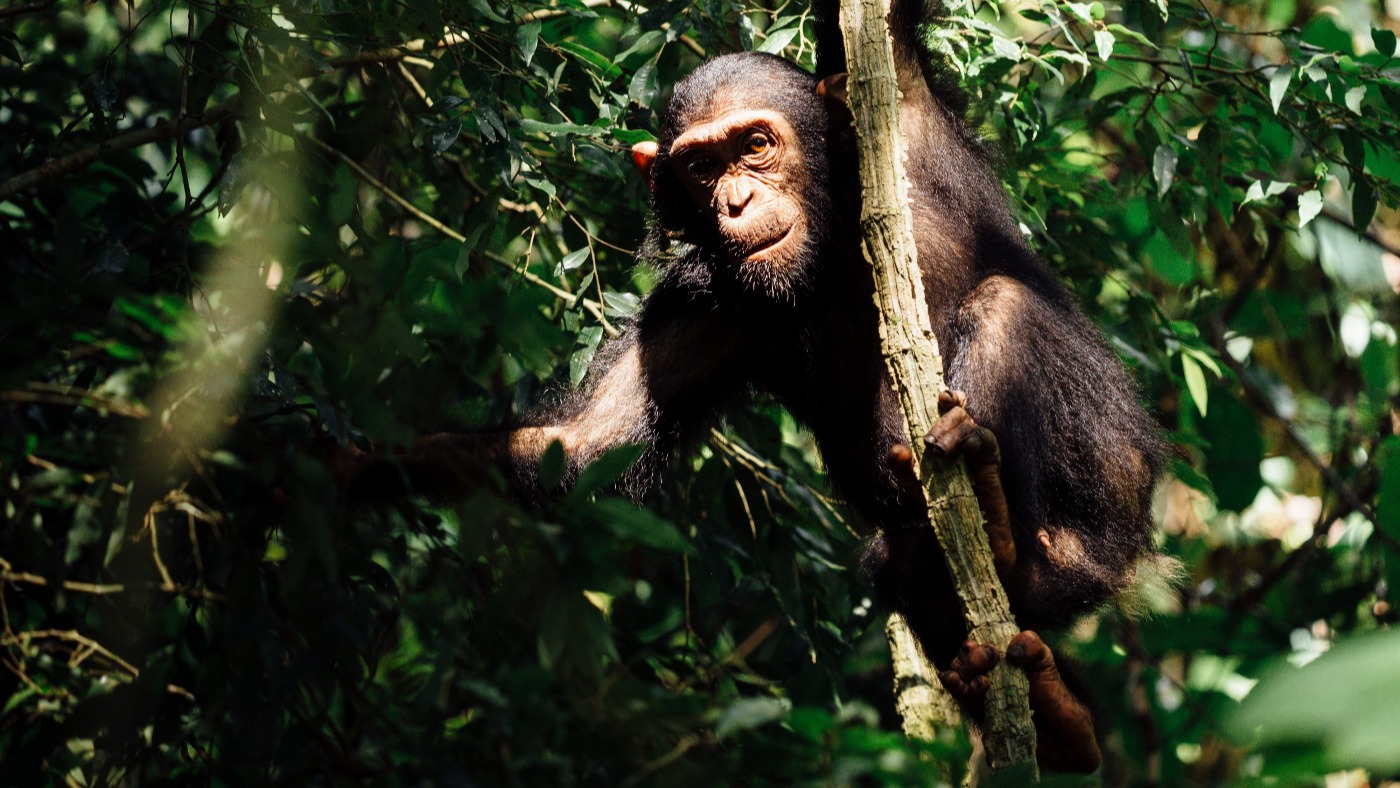
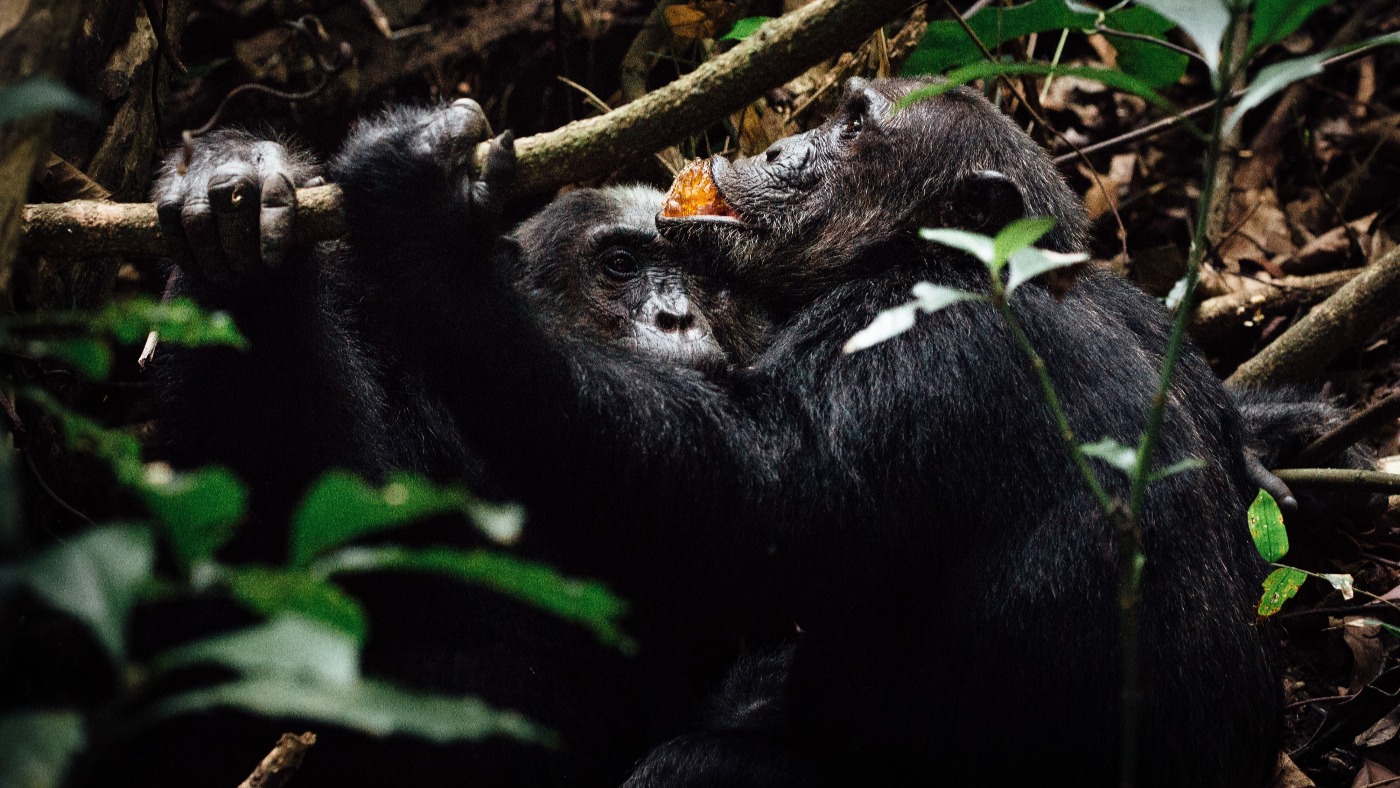
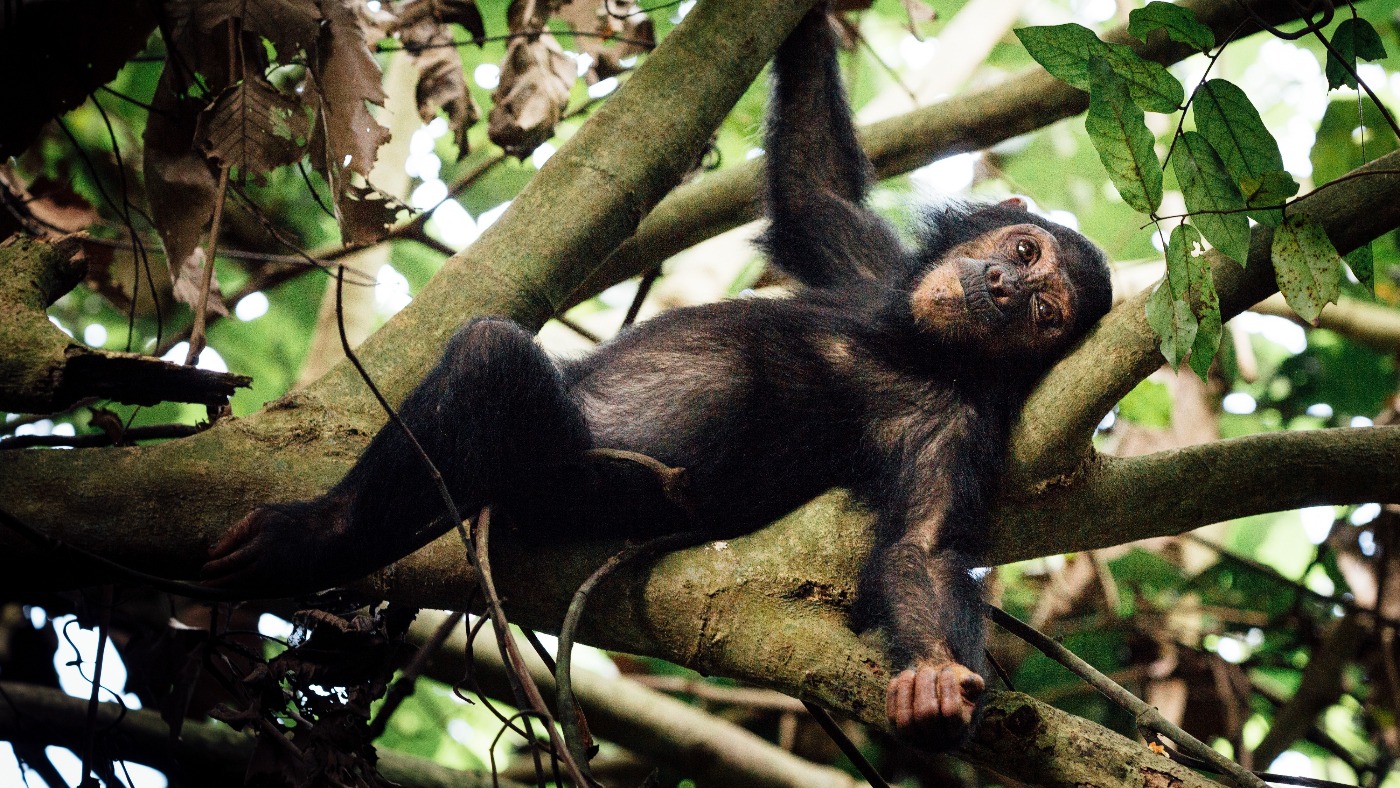
It’s hard to say exactly when the wildness set in. Perhaps when a black mamba slithered out of a tree I was about to use as a bush toilet, or the breakfast I ate just yards from a few dozen hippos - not to mention the pair of enormous crocodiles, keeping an eye on them and me.
Or maybe at this very moment, as I sit in the shade of my tent, typing this sentence. The rest of the camp is sleeping off lunch, and a baby monkey has just thrown a seed pod at me. It could have been an accident, but I suspect not.
I am at Katavi, in western Tanzania, one of the least-visited national parks in Africa. When Nomad Tanzania established a tented camp here on the Chada plains 20 years ago, no-one had signed into the park in a decade.
The Week
Escape your echo chamber. Get the facts behind the news, plus analysis from multiple perspectives.

Sign up for The Week's Free Newsletters
From our morning news briefing to a weekly Good News Newsletter, get the best of The Week delivered directly to your inbox.
From our morning news briefing to a weekly Good News Newsletter, get the best of The Week delivered directly to your inbox.
Since then, the safari business has changed beyond recognition. Some top end lodges have evolved into grandiose bush hotels, with WiFi in their dining rooms and aircon in their brick-built cabins. Nomad, by contrast, has stayed true to its motto - life, love and the pursuit of wilderness - and resisted the urge to gentrify. While very, very comfortable, its camps uphold the time-honoured charms of paraffin lamps and canvas.
Katavi itself remains a wild place too. A remote patchwork of dense forest and open plains, divided by an unreliable river and dotted with pools, it is rich with game - particularly lions. We had seen 11 of them on the first evening, piled sleepily on top of one another as they waited for the temperature to drop. A couple of young males, their manes thickening into adolescence, were among the adult females. Only the two big males of the pride were missing, but we found them the following day.

Later, our guide tracked down the leopard he had promised us - three of them, in fact, a mother and her two cubs, devouring an impala in the shade of a palm tree. They took turns to eat, then dragged the leftovers into an acacia for safe keeping.
Tarangire: the elephants’ playground
A free daily email with the biggest news stories of the day – and the best features from TheWeek.com
The adventure had begun a few days earlier and a few hundred miles north, in Tarangire, a park too often overlooked in the rush to reach the Serengeti. Most who do visit stay near the main gate, popping in for the day before pressing on. But the Nomad camp is at the heart of the reserve, where the northern plains meet the swampy south, and vast herds of game gather to drink and eat.
The short rains had got off to a faltering start when we arrived, but already the red soil was speckled with pink lilies, and the trees were flushed with green. In one magical moment we happened on countless zebras, buffaloes, wildebeests and elephants, all paddling in the mud, and a flock of white birds that took flight as our 4x4 coasted to a halt. Only an appearance by David Attenborough himself could have improved on the experience.
We stumbled into another wildlife documentary later that evening, watching a herd of zebras streaming across the plains. They stopped when they reached a dry gulley, knowing it would be a good spot for predators to hide. But they had to get to the water on the other side, and ten minutes later one brave soul took the plunge - prompting the rest to pile in behind, seeking safety in numbers. Once safely through, they resumed their journey, a ribbon unfurling through the dry grass.

As we turned back towards camp, we passed two lionesses on the banks of the gulley, just a few hundred yards away, lounging contentedly by a half-eaten zebra, perhaps from the previous herd that had tried to cross here. For prey and predator alike, life and death are often just a matter of timing.
The lions paid us little attention, as did the vast herds of elephants. One particularly bold individual came right up to the car, picking up seeds with his trunk and nuzzling around the tyres. Judging them to be inedible, he picked up a mouthful of leaves instead, releasing the scent of wild mint as he chewed. On a previous visit to Tanzania I had spent hours seeking out a single elephant. This time I must have seen two or three hundred in two days.

Ngorongoro: life and death in the crater
From Tarangire we drove north to Ngorongoro, a natural amphitheatre ten miles across and 2,000 feet deep. Formed by the eruption and collapse of a super-volcano 2.5 million years ago, it is now firmly established on Tanzania’s northern safari circuit - but here too Nomad has sought out a sense of adventure. Its camp, Entamanu Ngorongoro, is perched on the edge of the rim, sharing the north-eastern quarter with a handful of Masai herders. The tents, all with direct crater views, are furnished with duvets and woolen blankets to fend off the wind that whips over the high plateau.
Coffee and biscuits arrived with every wake-up call, but they were particularly welcome at the chill grey hour of 5.30am on the day of our descent into the crater. We set off in thick fog, but soon the sun was up, a mist-framed disc hanging over the crater rim. It was a glorious drive down in the golden light, with wisps of cloud billowing up from below and burning away in the strengthening sun.

The tracks through Ngorongoro are well trodden, by tourists as well as game, but the park still has its wild side. We witnessed the aftermath of several kills: a hyena strolling through the grass with a buffalo leg; a pack of vultures picking clean the carcass of another unfortunate creature; and a jackal trotting along with a baby warthog in its jaw.
At one point, after a picnic breakfast outside the 4x4, we climbed onto a rock and watched a herd of buffaloes coming down to drink from a pool. It was only when we were back in the car that our guide spotted three lions, two males and a female, in the shadow of a tree not a hundred yards away.
Soon after, the buffaloes spotted them too. But instead of turning tail, as I expected, they moved en masse towards the threat. Two of the lions scarpered immediately, but one male stood his ground. For several minutes neither side budged, then the lion bared his teeth and the buffaloes bolted for safety.
Greystoke Mahale: a date with our wild cousins
From Katavi, itself two light aircraft flights from the northern camps, we took another flight over the Mahale mountains, and then a 90-minute voyage down Lake Tanganyika in a dhow - a traditional wooden fishing boat, fitted with an outboard motor. After days on the back of a 4x4, it was a joy to swap the gentle swell of water for the rattle of ruts and rocks.
Arrival was also a moment to savour. We rounded the headland and there it was, the roughly thatched roof of Greystoke Mahale, perched between the mountains and the lake. We also caught a glimpse of the guest rooms: six beautiful A-framed bandas, set back a little in the forest.

The beach, the lodge and the clear blue water would be reason enough for the journey, but what attracts most visitors is the mountain’s permanent residents: a community of chimpanzees. Having been studied by researchers from Kyoto University for more than three decades, they are now remarkably comfortable with their human guests - comfortable enough to give us a shove if we get in their way.
We set off to find them the morning after we arrived, trekking up from the beach into thickening forest. In normal circumstances, the path would have been a simple hike, but heat and humidity added to the challenge. After an hour or so, I was glad to hear the call of an excited chimpanzee.

The guide ushered us into a small clearing, where the alpha male, Primus, was holding court with one of his deputies. He has held the position for seven years, and appears to be secure in it, but chimp social structures are complex, and the power games they play are ingenious - and occasionally violent.
While Primus appears to be well respected, his predecessor, called Pimu, was feared and hated. He handed out frequent beatings, killed a rival and had mated with his mother against her will, despite incest being taboo among chimps. After several unsuccessful challenges to his reign, the tables turned one morning in October 2011. When Pimu brawled with Primus and chased him away, the elder statesman of the group, a 50-year-old chimp, Kalunde, rallied the rest of the community to turn on their tyrant and depose him. After a sustained attack by males and females alike, Pimu was deliberately killed - a rare occurrence in chimp society.
There was no sign of such unrest when we paid our visit. Instead, the chimps spent their time grooming each other, swinging through trees, bowling along narrow paths and occasionally starting up a cacophonous pant-hoot, the howling chorus by which they communicate and bond with one another.
It was impossible not to read human emotions into their every grunt and glance. When a baby sneaked off to climb a vine and his mother extended a long arm to scoop him back, it was a move familiar from any family shopping trip. And when an older chimp, with grey in his beard, stared up through a gap in the trees, I wondered what thoughts crossed his mind.

Afternoons at Mahale were spent relaxing on the beach, or out on the boat, scouring the shoreline for hippos, crocodiles, red-tailed monkeys and kingfishers. On our last afternoon we motored out to less wildlife-infested waters for a swim: the crocs and hippos like to keep their feet on the ground, and the lake shelves steeply to a vertiginous depth of 4,800 feet, before rising again to the shore of the Democratic Republic of Congo, a grey shadow on the horizon.
As I jumped into the mile-deep waters, I realised that my pursuit of wilderness was complete. I looked back to the jungle-clad mountainside, thinking of our yet-wilder cousins, and wondered what they were up to now, whose stock had risen and whose fallen in the hours since we had left them, and how Primus’s reign would end.
Prices from about £8,200 per person, for two nights each in Kuro Tarangire and Entamanu Ngorongoro, four nights at Chada Katavi and three nights at Greystoke Mahale. Price includes full board, most activities, ground transfers, boat transfers and camp-to-camp flights for Chada and Greystoke. International flights are extra: various airlines fly from the UK to Kilimanjaro airport, including Kenya Airways, Qatar Airways, KLM and Ethiopian, from about £450 return.
For more information and alternative itineraries, see the Nomad Tanzania website, and to book contact Yellow Zebra Safaris
Holden Frith is The Week’s digital director. He also makes regular appearances on “The Week Unwrapped”, speaking about subjects as diverse as vaccine development and bionic bomb-sniffing locusts. He joined The Week in 2013, spending five years editing the magazine’s website. Before that, he was deputy digital editor at The Sunday Times. He has also been TheTimes.co.uk’s technology editor and the launch editor of Wired magazine’s UK website. Holden has worked in journalism for nearly two decades, having started his professional career while completing an English literature degree at Cambridge University. He followed that with a master’s degree in journalism from Northwestern University in Chicago. A keen photographer, he also writes travel features whenever he gets the chance.
-
 How climate change is affecting Christmas
How climate change is affecting ChristmasThe Explainer There may be a slim chance of future white Christmases
-
 The MAGA civil war takes center stage at the Turning Point USA conference
The MAGA civil war takes center stage at the Turning Point USA conferenceIN THE SPOTLIGHT ‘Americafest 2025’ was a who’s who of right-wing heavyweights eager to settle scores and lay claim to the future of MAGA
-
 The 8 best drama movies of 2025
The 8 best drama movies of 2025the week recommends Nuclear war, dictatorship and the summer of 2020 highlight the most important and memorable films of 2025
-
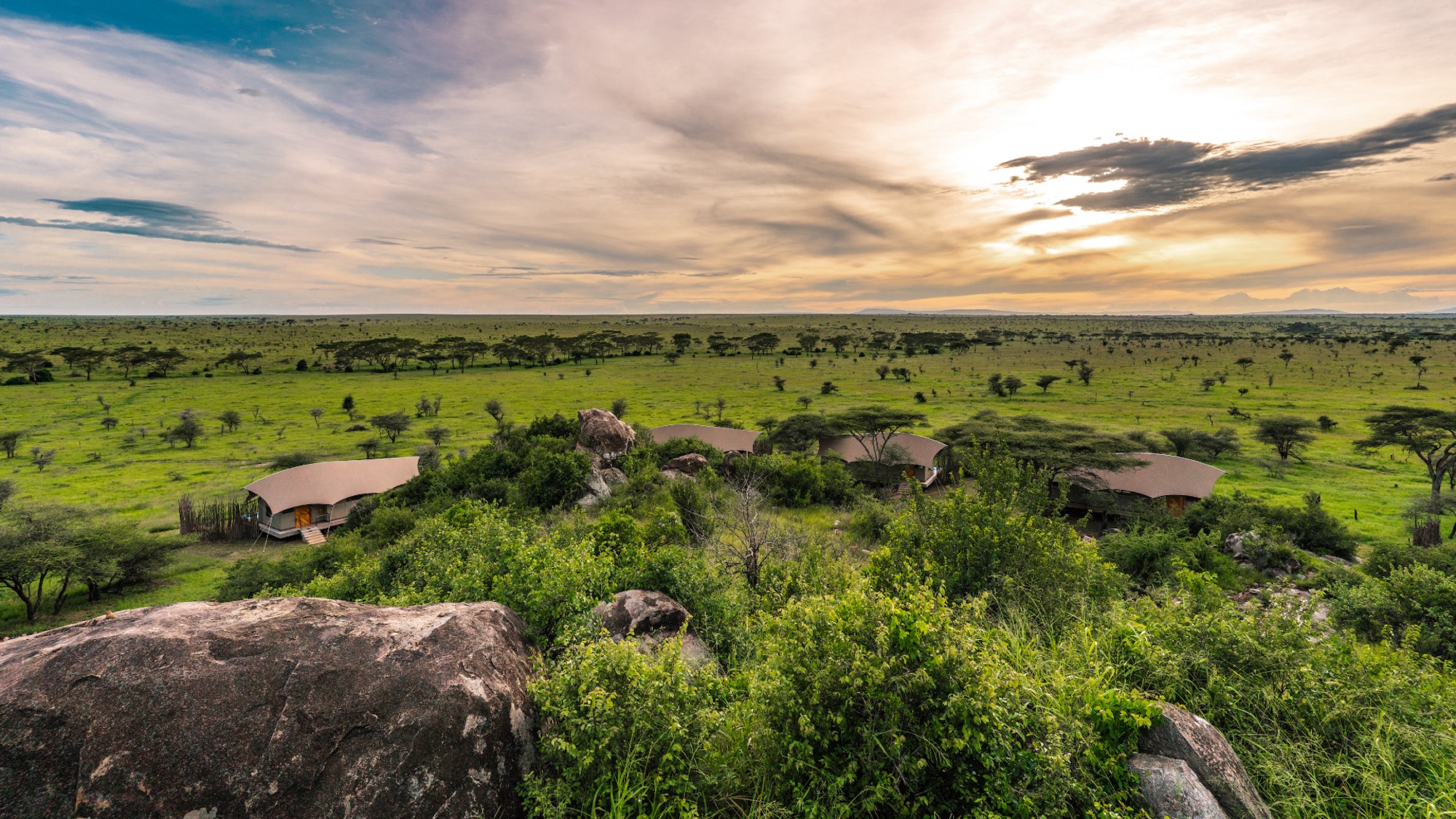 Experience Tanzania’s untamed wilderness from Lemala’s luxury lodges
Experience Tanzania’s untamed wilderness from Lemala’s luxury lodgesThe Week Recommends The vast protected landscapes are transformed into a verdant paradise during ‘emerald season’
-
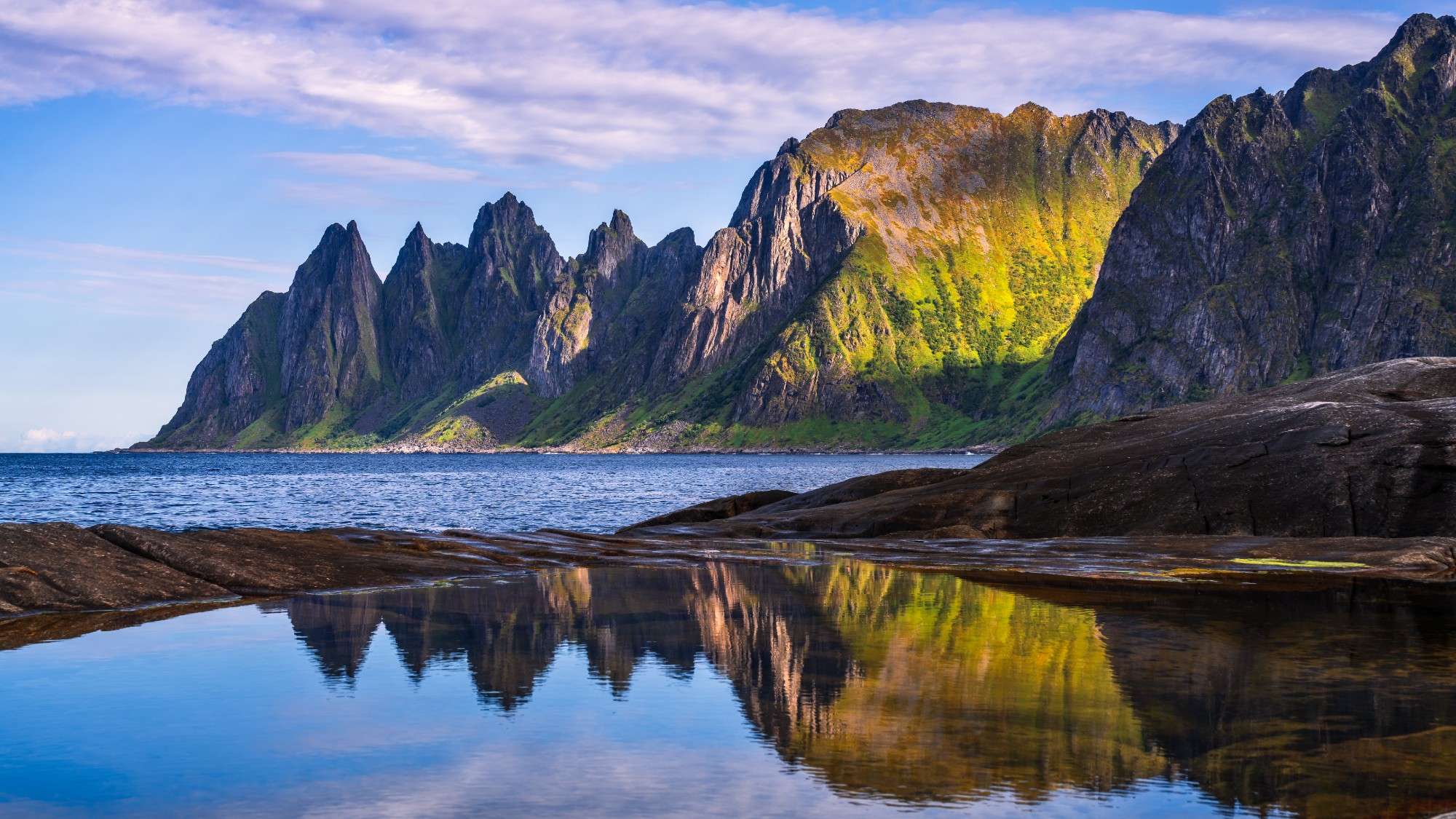 Go beyond the islands you already know in these 8 countries. Surprises await.
Go beyond the islands you already know in these 8 countries. Surprises await.The Week Recommends These destinations fly under the radar
-
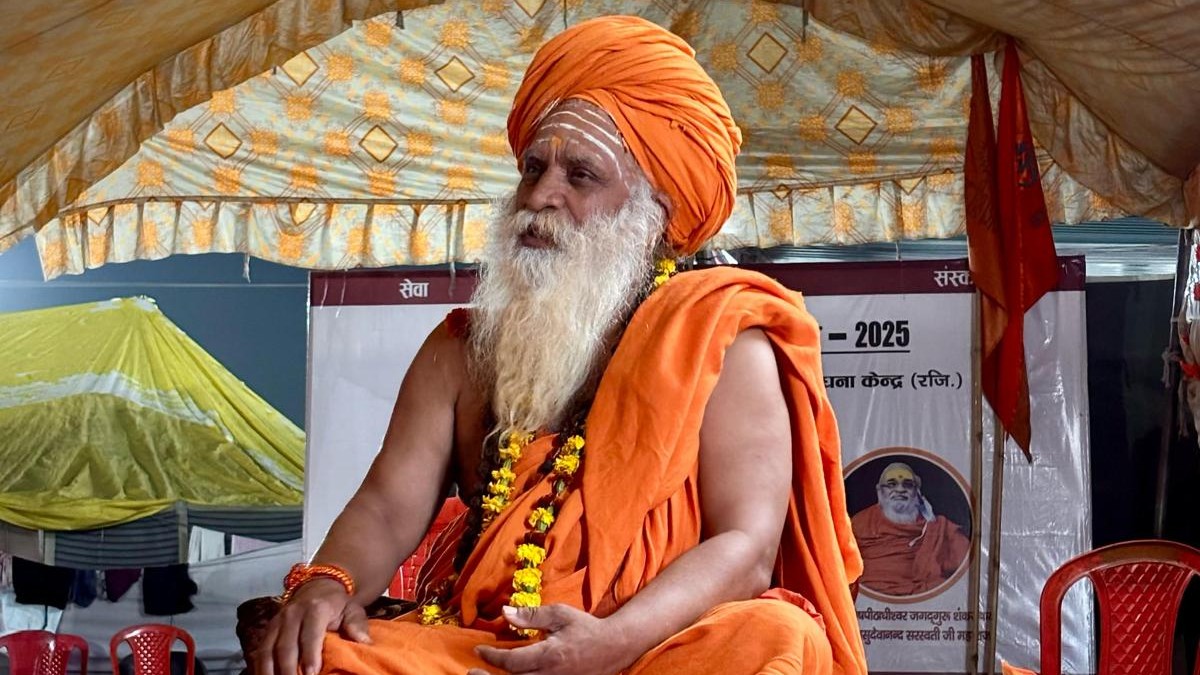 Uttar Pradesh: from a once-in-a-generation festival to tiger tracking in an ancient forest
Uttar Pradesh: from a once-in-a-generation festival to tiger tracking in an ancient forestThe Week Recommends Soak up the state's rich culture on one of Explorations Company's specially curated tours
-
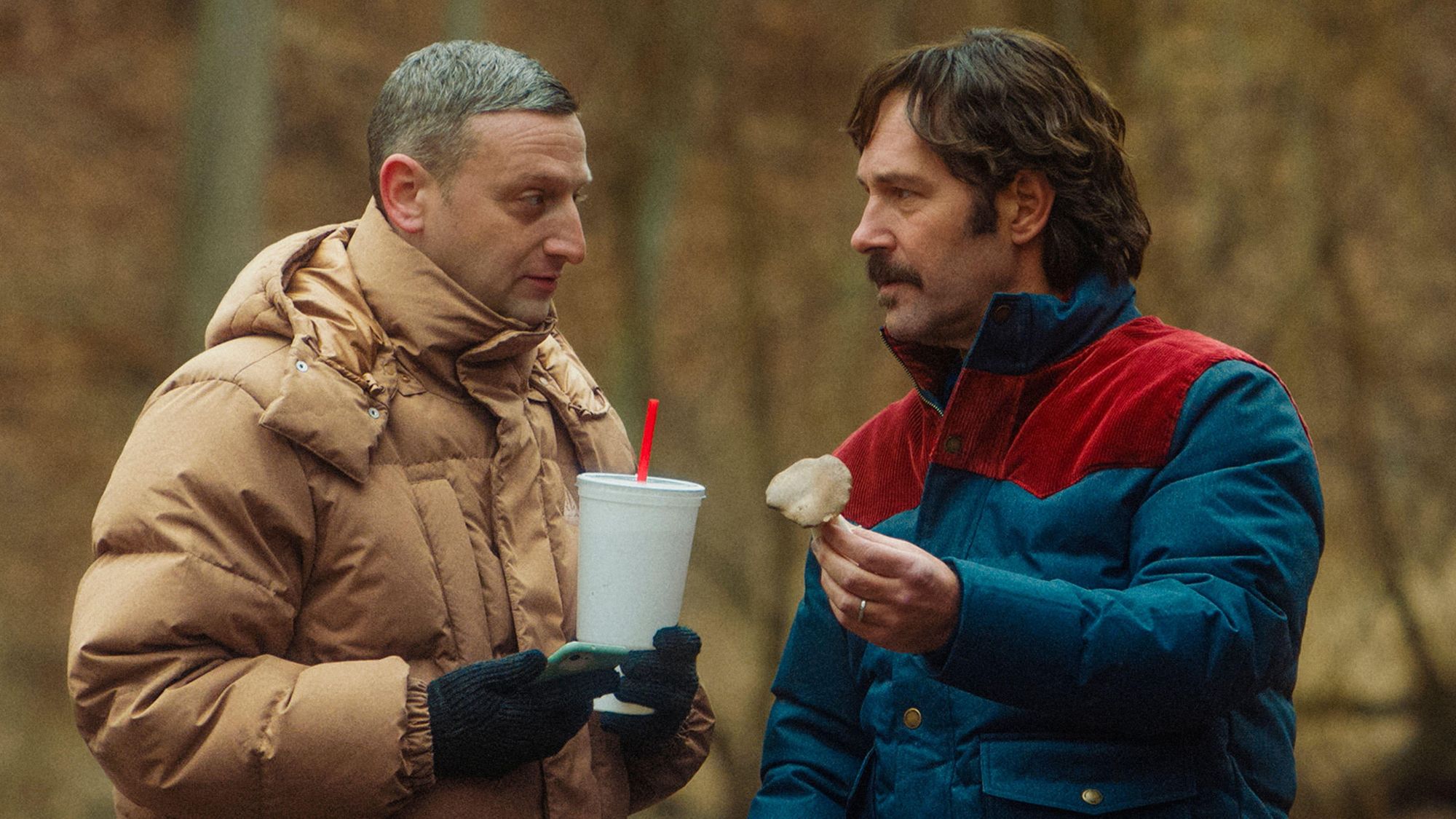 Friendship: 'bromance' comedy starring Paul Rudd and Tim Robinson
Friendship: 'bromance' comedy starring Paul Rudd and Tim RobinsonThe Week Recommends 'Lampooning and embracing' middle-aged male loneliness, this film is 'enjoyable and funny'
-
 On the trail of the Iberian lynx
On the trail of the Iberian lynxThe Week Recommends Explore the culture, food – and wildlife – of Extremadura on this stunning Spanish safari
-
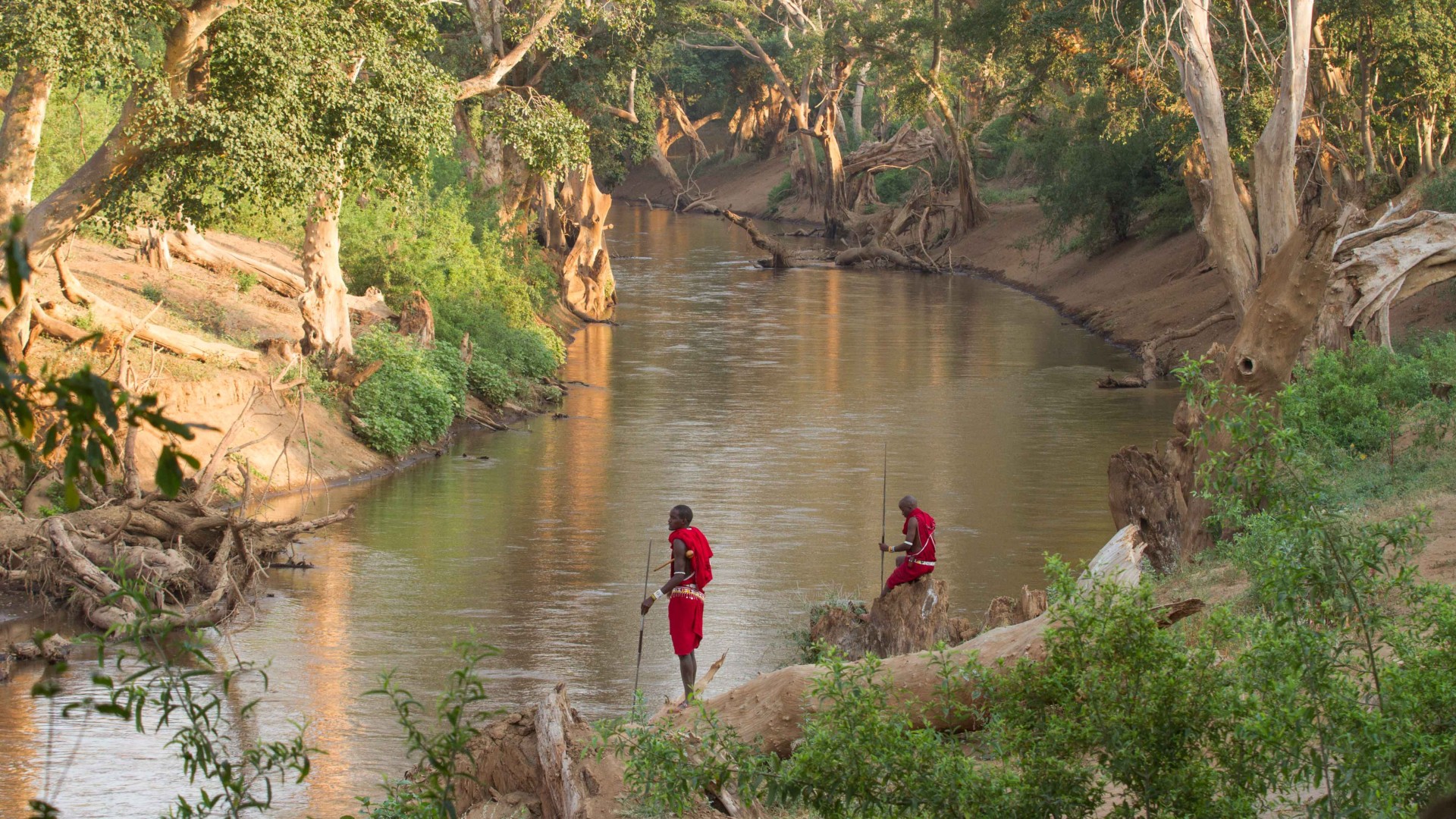 Shompole Wilderness Camp: immerse yourself in nature at this secluded retreat
Shompole Wilderness Camp: immerse yourself in nature at this secluded retreatThe Week Recommends This luxurious family-run camp in southern Kenya has access to more than 350,000 acres of pristine savannah
-
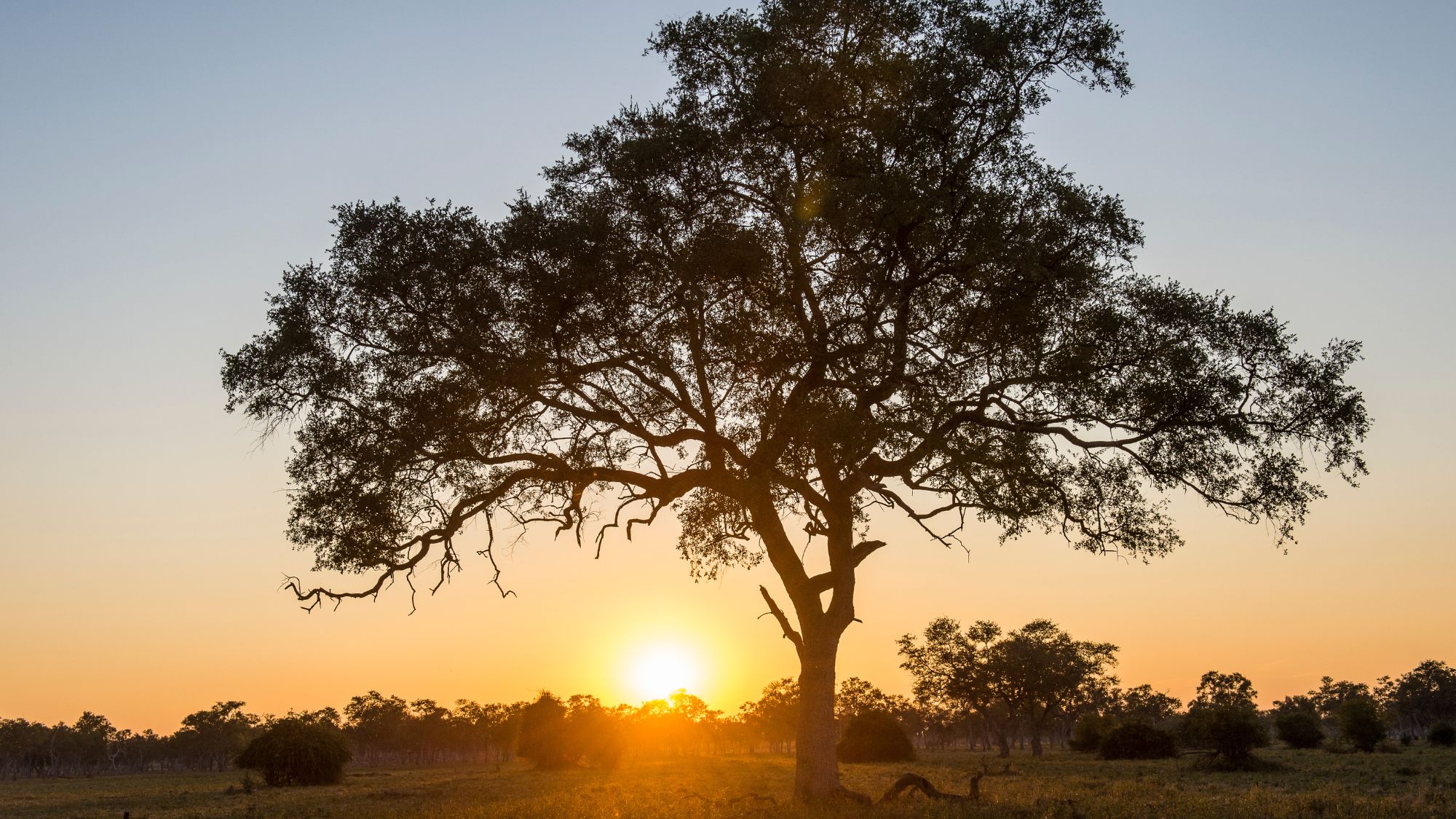 A horseback safari in the wilds of Zambia
A horseback safari in the wilds of ZambiaThe Week Recommends Unforgettable trip offers chance to see wildlife and experience local villages
-
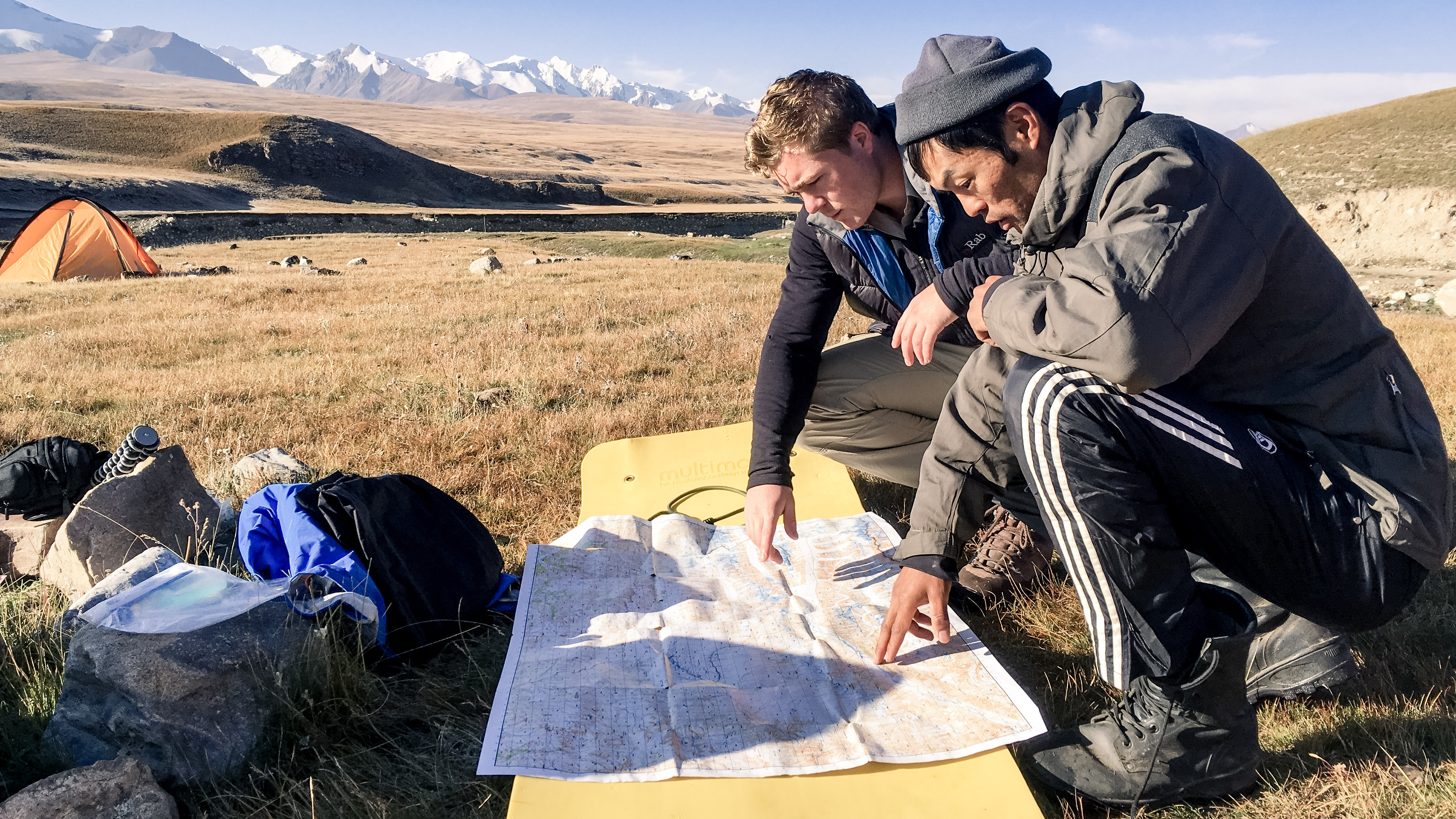 How community-based tourism can reshape travel for the better
How community-based tourism can reshape travel for the betterIN And five tips for finding a responsible community travel company